Fitness Foremost: A beginner's guide to starting your own workout routine

I clearly remember my first legit time stepping into a gym -- March 1998, less than a week after my 19th birthday. I was completely green, without a clue about fitness or even how to approach it. Biceps, triceps, chest, back, legs ... What?!
I was confused and intimidated. Barbells and dumbbells were completely foreign objects, and I assumed that plate-loaded machines were something in the dishwasher family. But thanks to the guidance of a number of helpful gym fanatics, I quickly learned my way around this unknown and terrifying land.
- MORE EDGE: Après Ski: How to Recover Like a Champ
At that time, I was lifting weights at a small, quaint neighborhood gym that didn't have many members. But it was homey. Everyone knew each other and no one hesitated to extend a helping hand. But I’m 35 now and a member of a private health club on Long Island, N.Y. I love the place -- it's clean, the people are friendly, and the equipment is plentiful and readily available. Yup, I’m comfortable.
As 2015 unwinds, there will be many New Years newbies acting on their resolutions to improve fitness and health. Some may be making an aggressive attempt after previous failures, but others, surely, will be setting out with the same lack of knowledge and skills that engulfed me in 1998. Those entering the Land of Fitness-believe for the first time should be cognizant of the importance of placing ultimate emphasis on the basics -- learning, absorbing, practicing and advancing.
How doctors and dietitians help NBA players fight jet lag with nutrition
Thinking back to Day One, my biggest obstacle to overcome was fear. I didn’t understand body mechanics and their related movements. But don’t be scared. Many fitness buffs appear intimidating but most are willing -- and proud -- to offer their advice. Ask questions, crawl inside their craniums.
You’ll quickly discover that particular movements isolate certain body parts. For example, if you’re performing an exercise that’s causing the elbow to flex (or close), this is a sign you’re triggering the biceps. Vice versa, an elbow extension focuses on the triceps, which are the larger of the two major upper-arm muscles.
Often very much overlooked, all workouts should be preceded by a warm-up and stretching routine, in that order. A warm-up can be accomplished by simply using a cardio machine -- treadmill, elliptical, bike, stepper or rowing machine. Your objective should be to bring the body to a light sweat, which will signal that it’s “warm” and that blood flow into the muscles has been appropriately increased. Stretching cold can prematurely tear muscle fibers. Not good for the “bod.”
Be prepared for the infamous monster known as DOMS -- Delayed Onset Muscle Soreness. This phenomenon begins approximately 24 to 48 hours post-workout and can last for days, depending on age, muscles used and workout intensity. For the untrained person, the initial discomfort can be burdensome and downright discouraging. But, mentally, stay in the game. I clearly remember my first date with DOMS and knew in that instant that we would never become soul mates. It has left me a little emotional.
Not your ordinary workout: Climbing the Great Wall of China
A personal trick of mine, is to be mindful of pain. Over the years, I’ve learned to distinguish the difference between sore muscles and injured muscles. While soreness can set you back for a few days, injuries can certainly hamper your efforts in the gym for weeks. Practicing good workout form is essential to lowering injury potential.
I recently had an opportunity to speak with U.S.A. Cycling’s Derick Williamson, a Level 1 coach who holds a master’s degree in sports science and nutrition, along with an undergraduate in health promotion and exercise science. He provides Edge with the following advice:
1. Schedule activity
Just like a work meeting, social dinner or anything else that gets priority in your calendar, make activity a scheduled event in your day and protect that time.
2. Get it done early
Whenever possible exercise first thing in the day. As the day progresses there are a multitude of factors that can derail your best intentions of an evening workout. Starting the day off with the achievement of a good workout sets the tone for a positive day, and you’ll carry that attitude with you.
3. Don’t GO hungry
The hardest thing to do is to expect yourself to achieve the workout goal you’ve scheduled if you’re running on empty. Additionally, you will not be as productive, creative or effective at work. Start the day right with a healthy breakfast, plan for a mid-morning snack (100-400 calories based on your need), a healthy lunch that’s not too high in fat (think whole wheat-whatever, a veggie or turkey sandwich with fruit … as opposed to a burger and fries), another 100-400 calories from a healthy mid-afternoon snack (ideally about 1.5 to three hours before an evening workout). Most important, never go more than three hours without some type of caloric intake. This will keep your blood sugar steady through the day, prevent crashes and mitigate binging behavior later in the day.
4. Make it Fun
It’s simple: If you love what you do, it won’t feel like work. Activity and fitness can take shape in many forms. Instead of driving yourself crazy on a treadmill -- or the like -- join in with a group class or team. Think indoor soccer teams, martial arts, Pilates or spin classes. A group setting for activity offers you accountability, as well as social engagement. This will improve both physiological and psychological health. If a group is unrealistic for you, seek out a coach, trainer or mentor who can help guide you toward your goals. This will ensure that you’re progressing in your fitness at a rate that will keep you healthy and on track.
5. Set a goal that scares you a little and tell someone about it
It doesn’t have to go on social media, but confide in a reliable and trusted person about what you’re working toward, whether it’s weight loss, your first 5K race, or any other goal. Telling someone will make it tangible for you, and that person will help keep you accountable through the process.
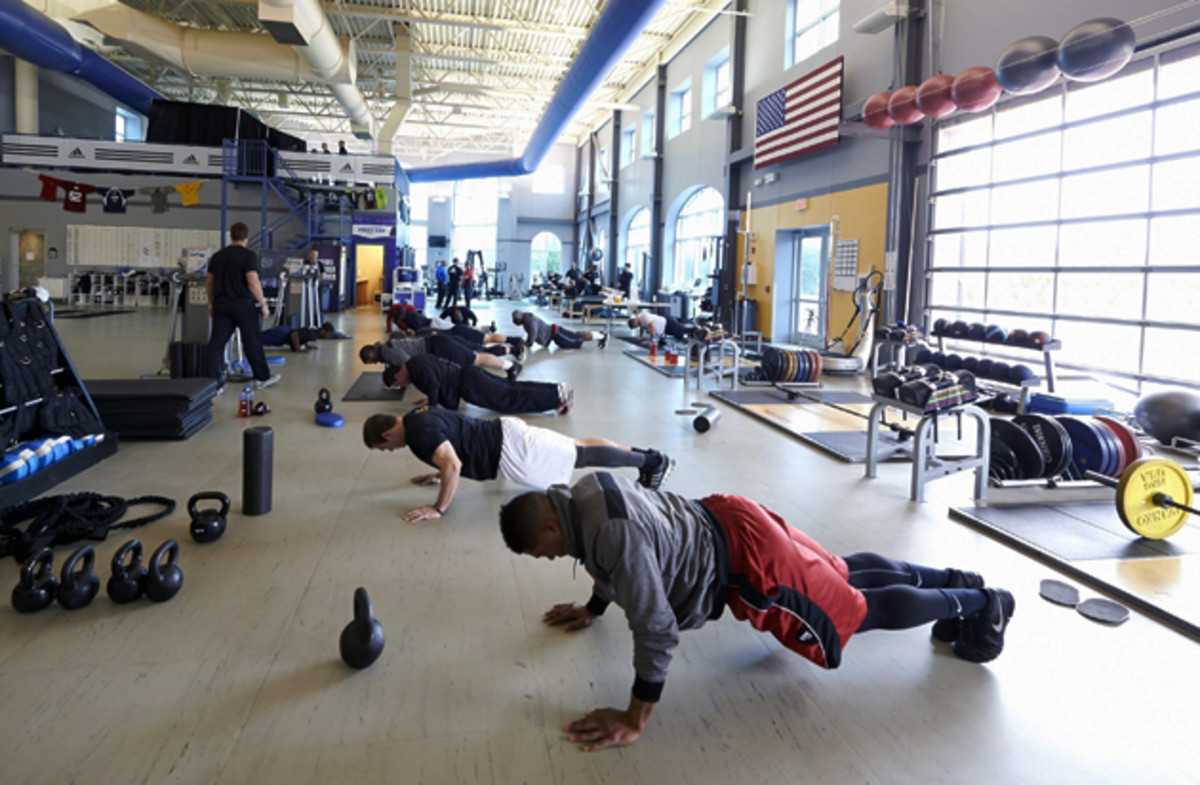
Gym Etiquette
There was one important standard that was ingrained in me early in my fitness career: gym etiquette -- you always put your weights away before moving onto another exercise. Not doing so causes a hazard to others moving around the gym and creates an unnecessary inconvenience to those members who need to clean up your mess.
Recently, my club posted eye-level signs that read: “Please be courteous to your fellow members and re-rack your weights.” While many gym-ers choose to comply, some opt to shut-eye.
Training with the Champ: Rare photos of Ali's workouts
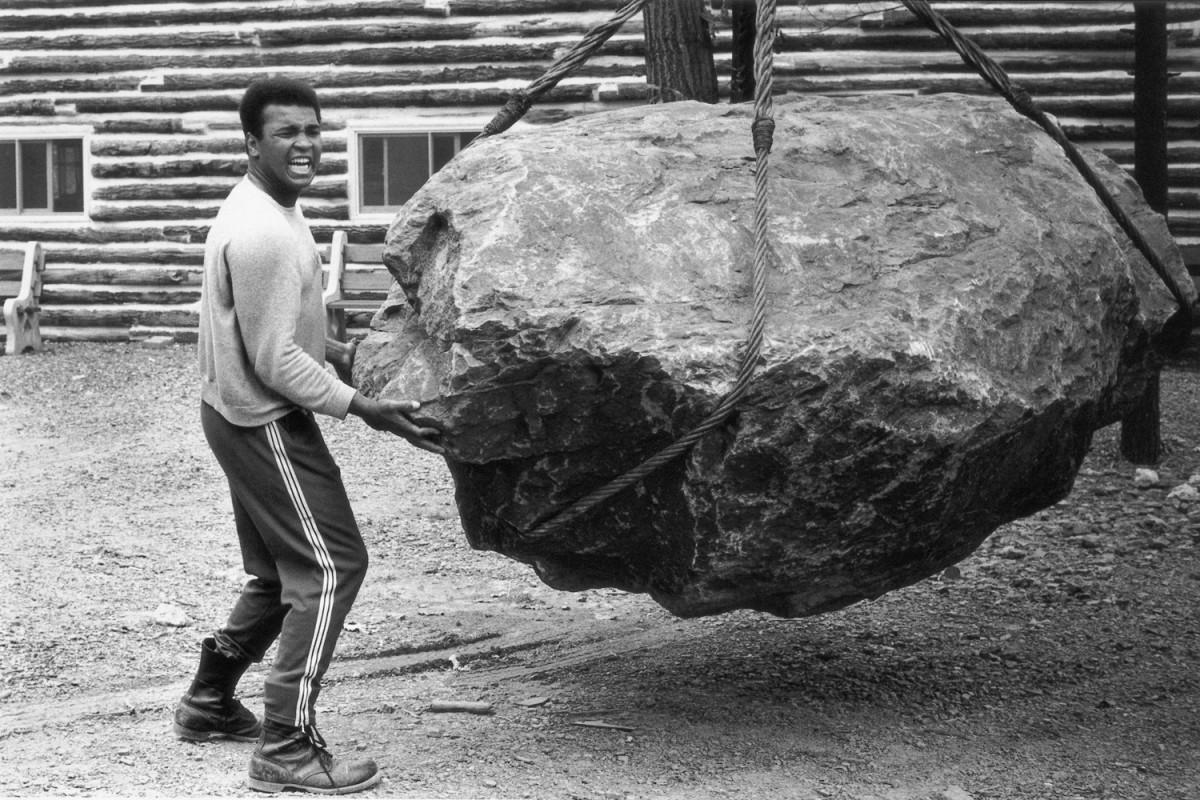
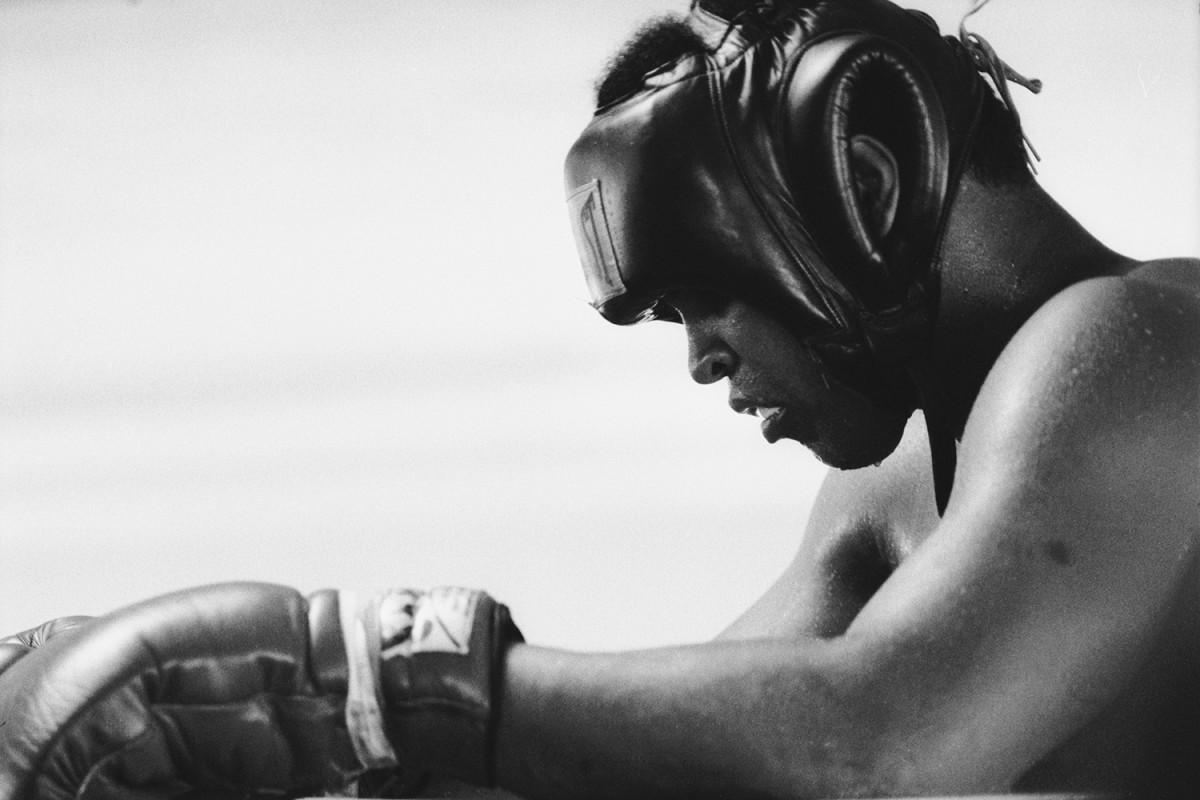
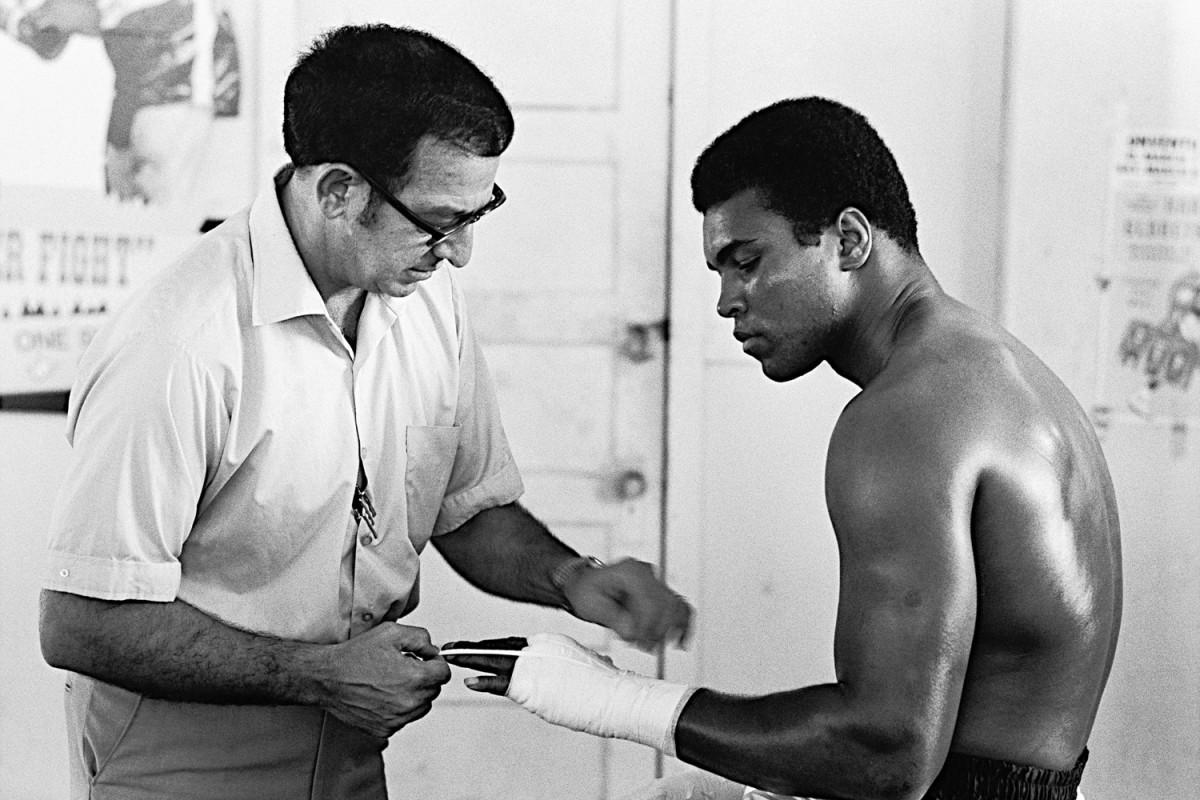
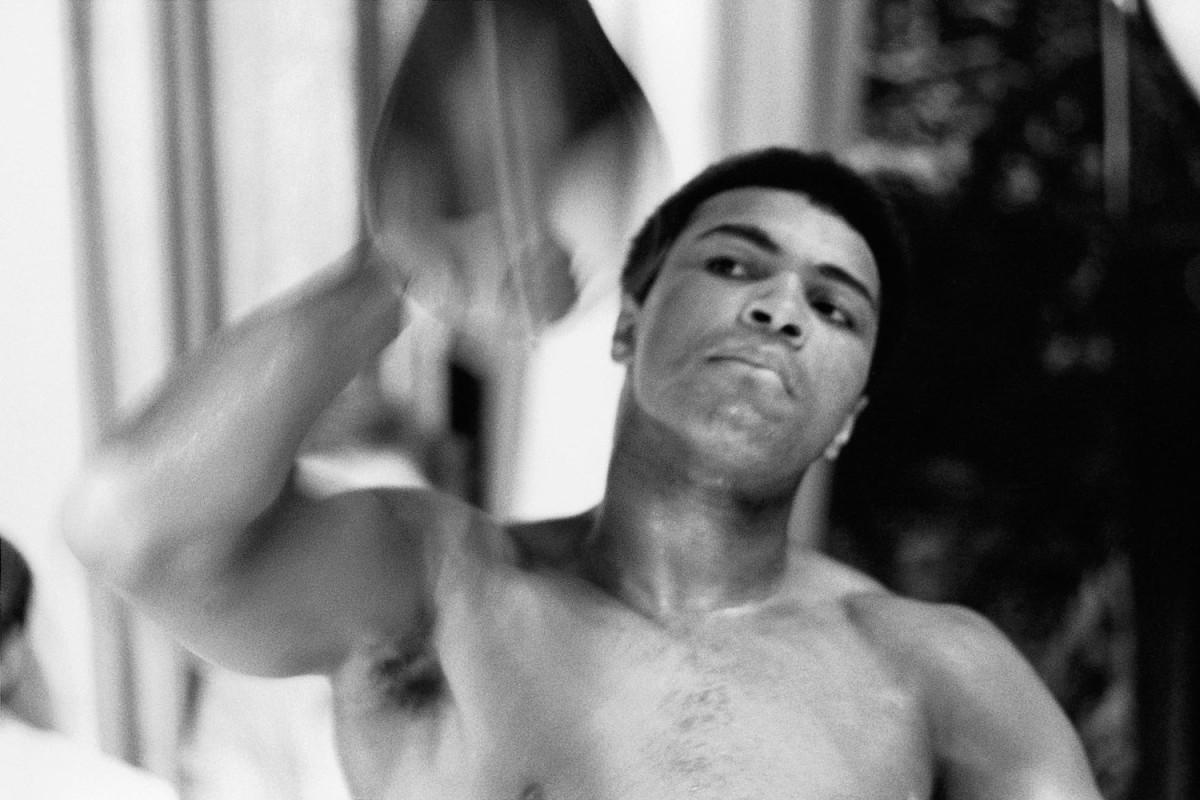
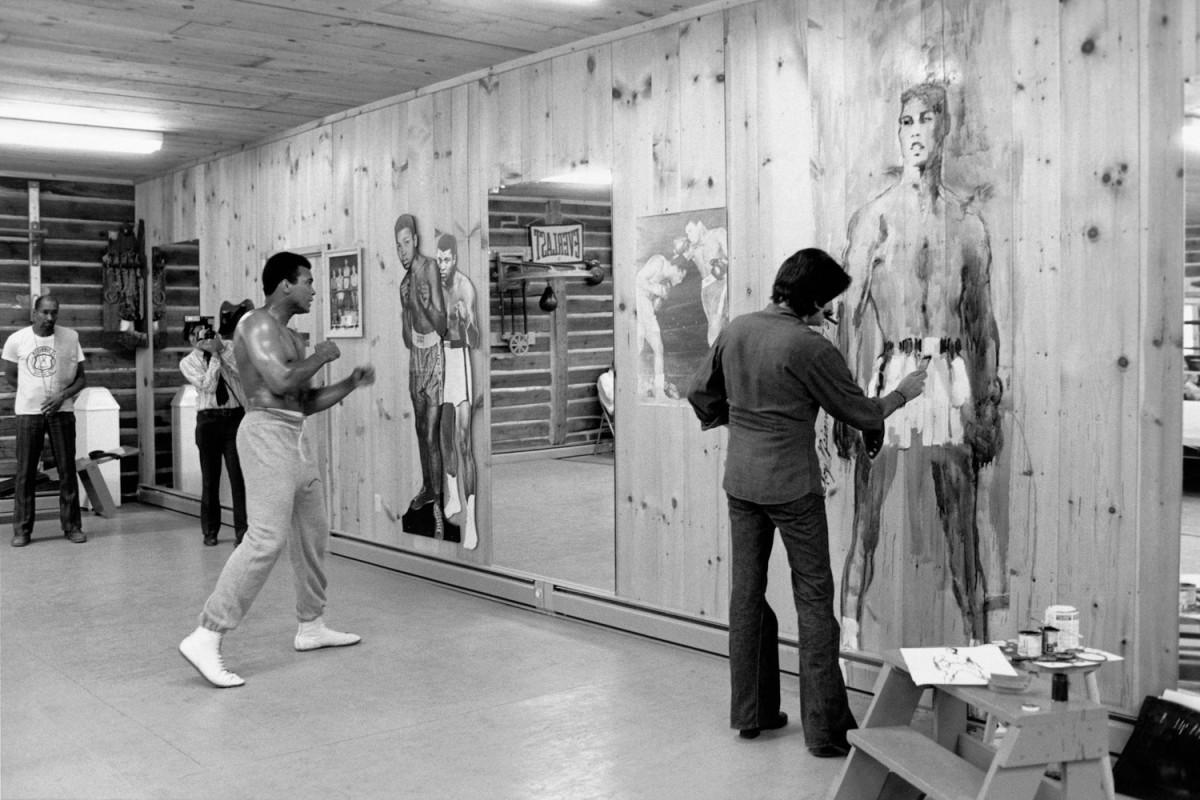
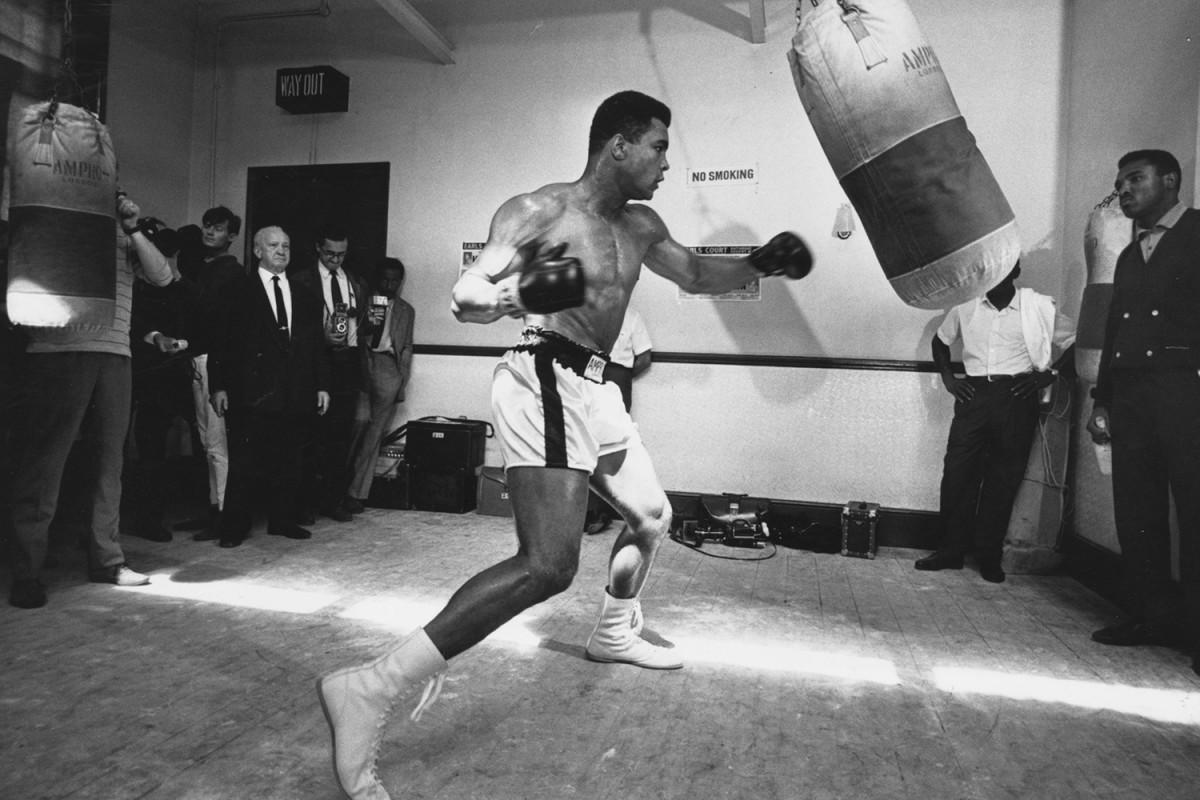
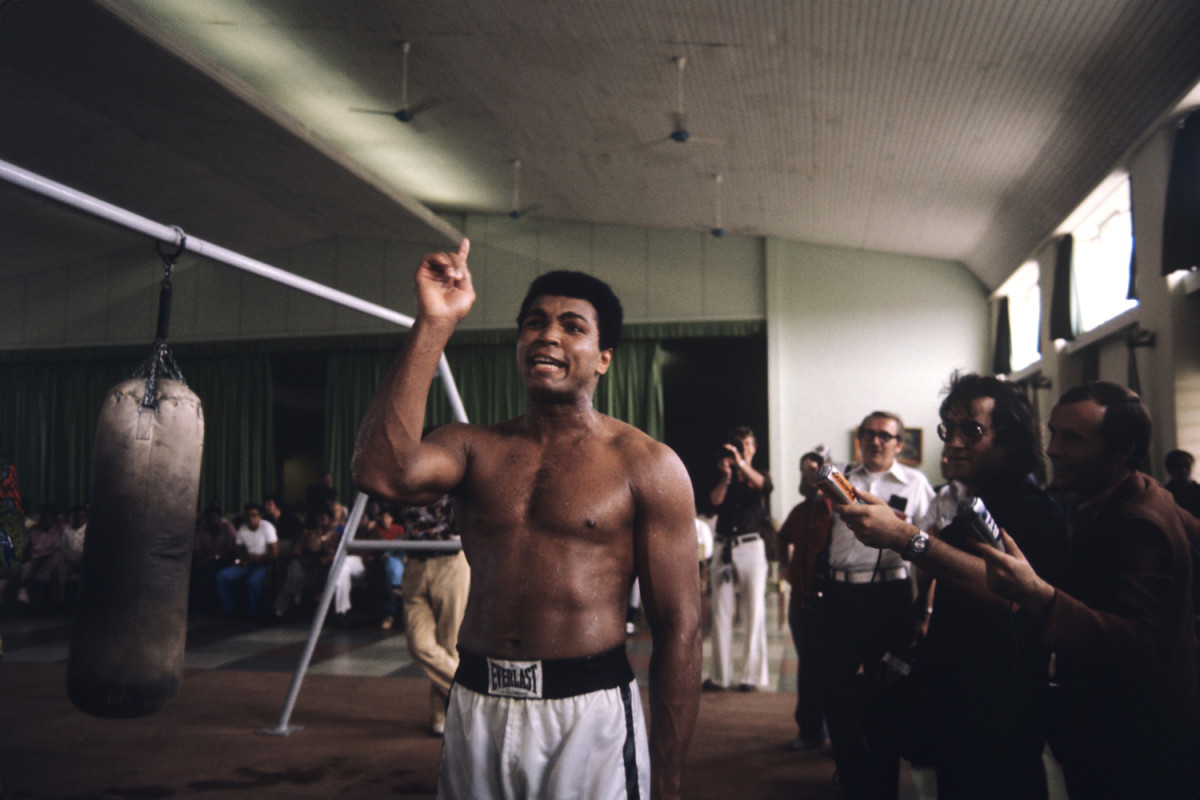
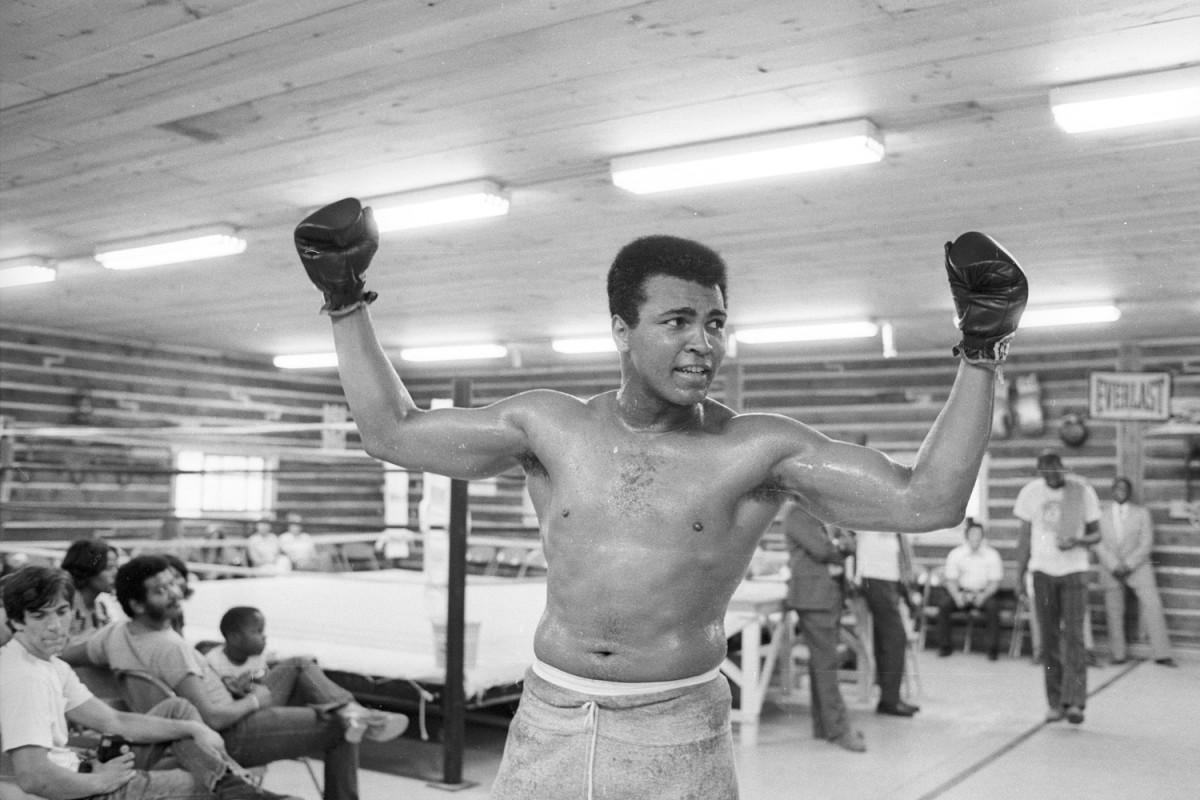
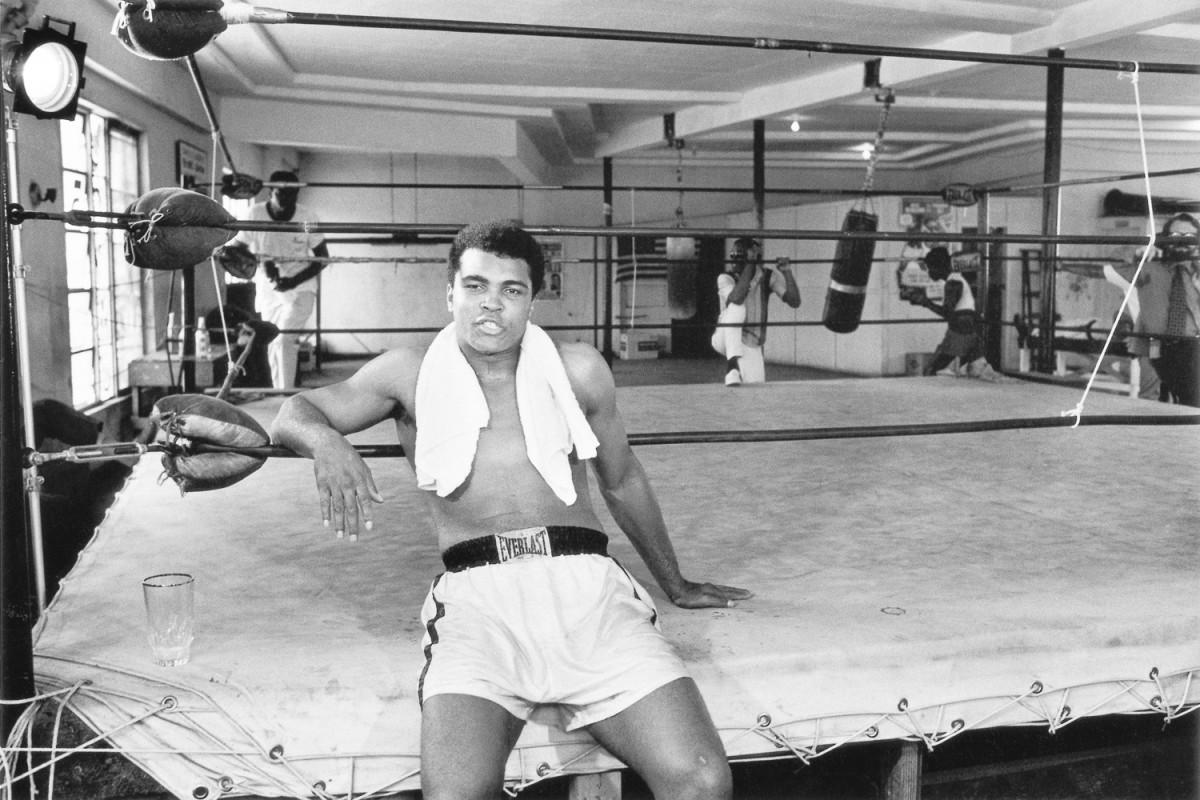
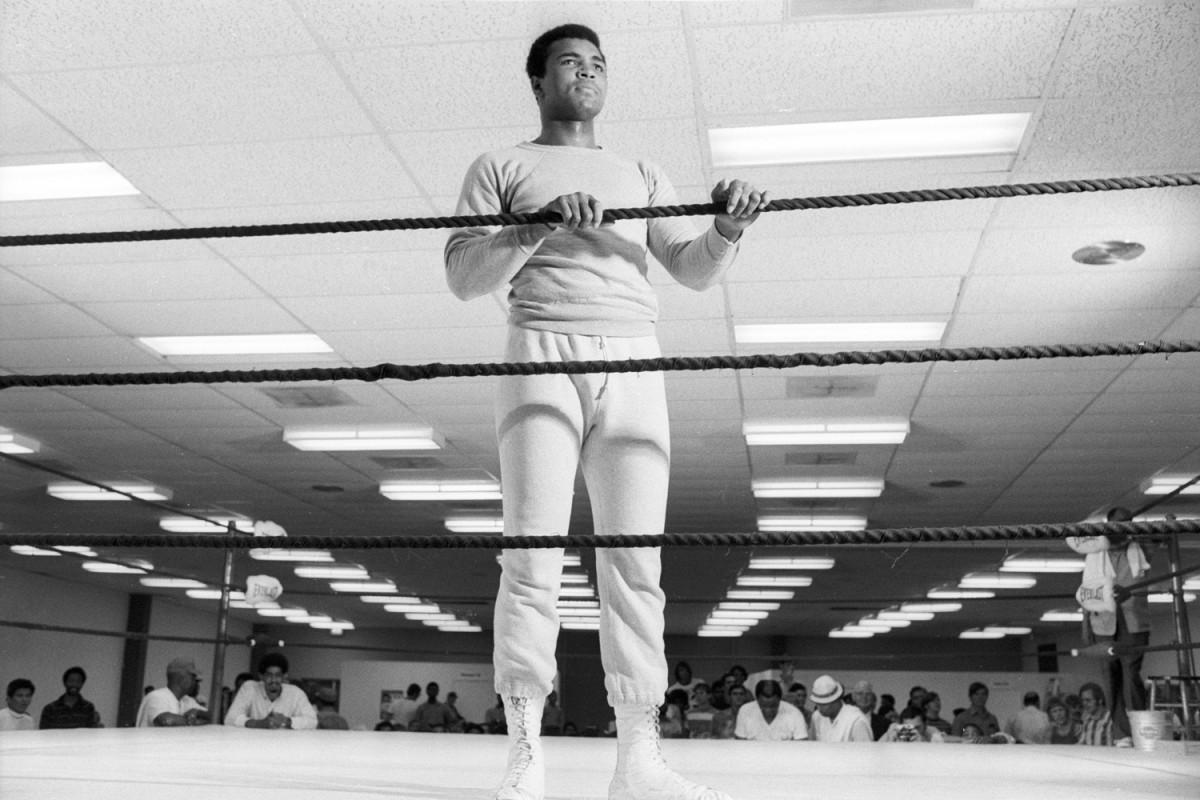
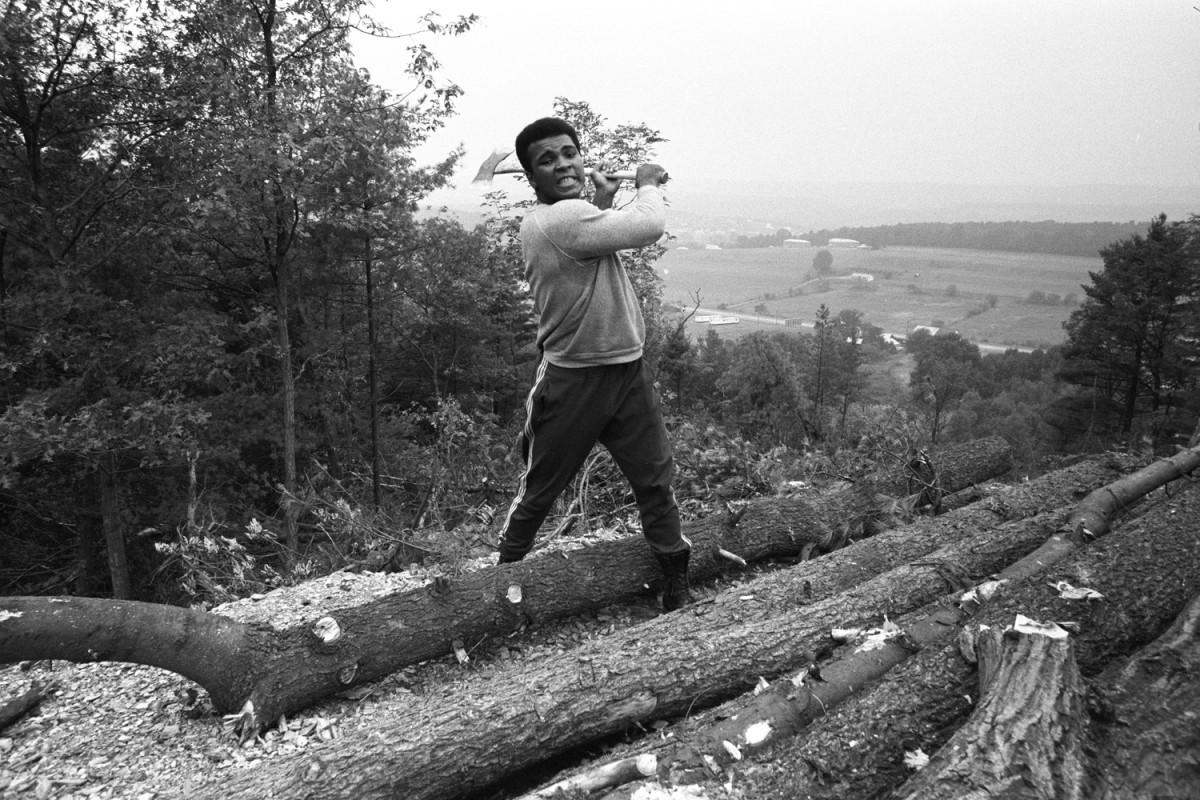
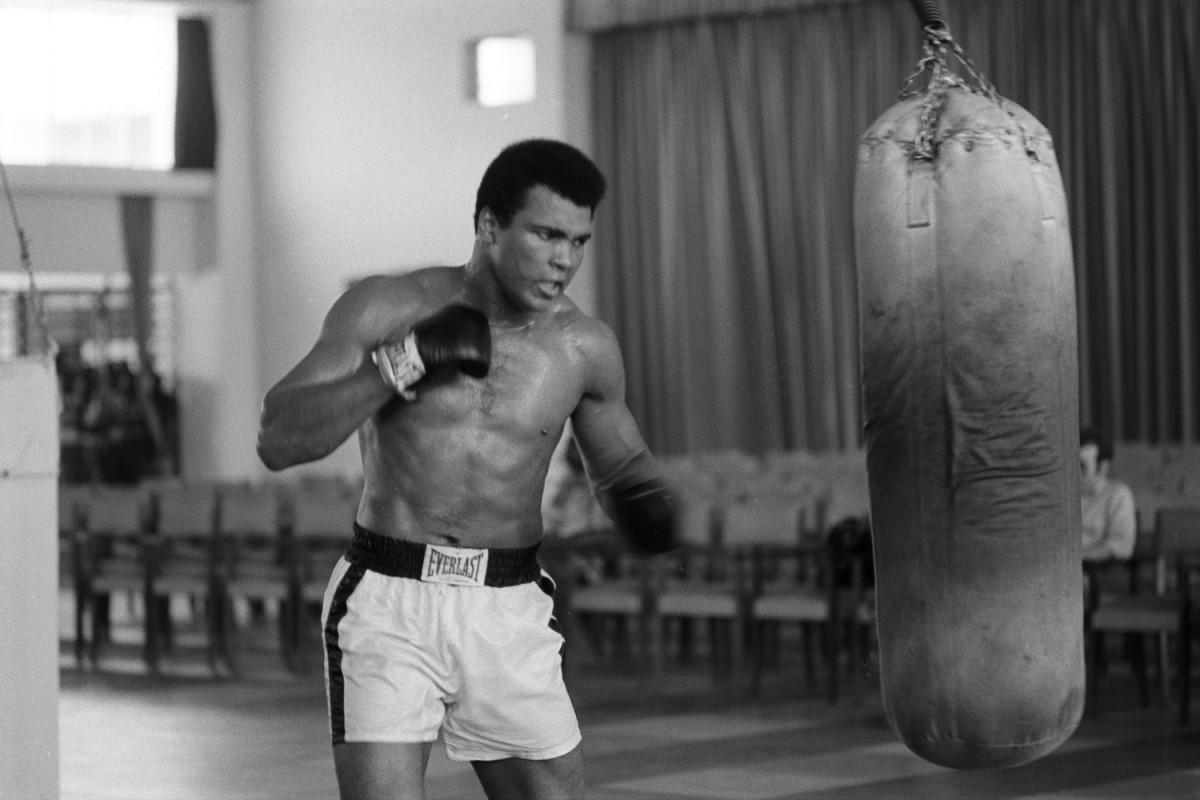
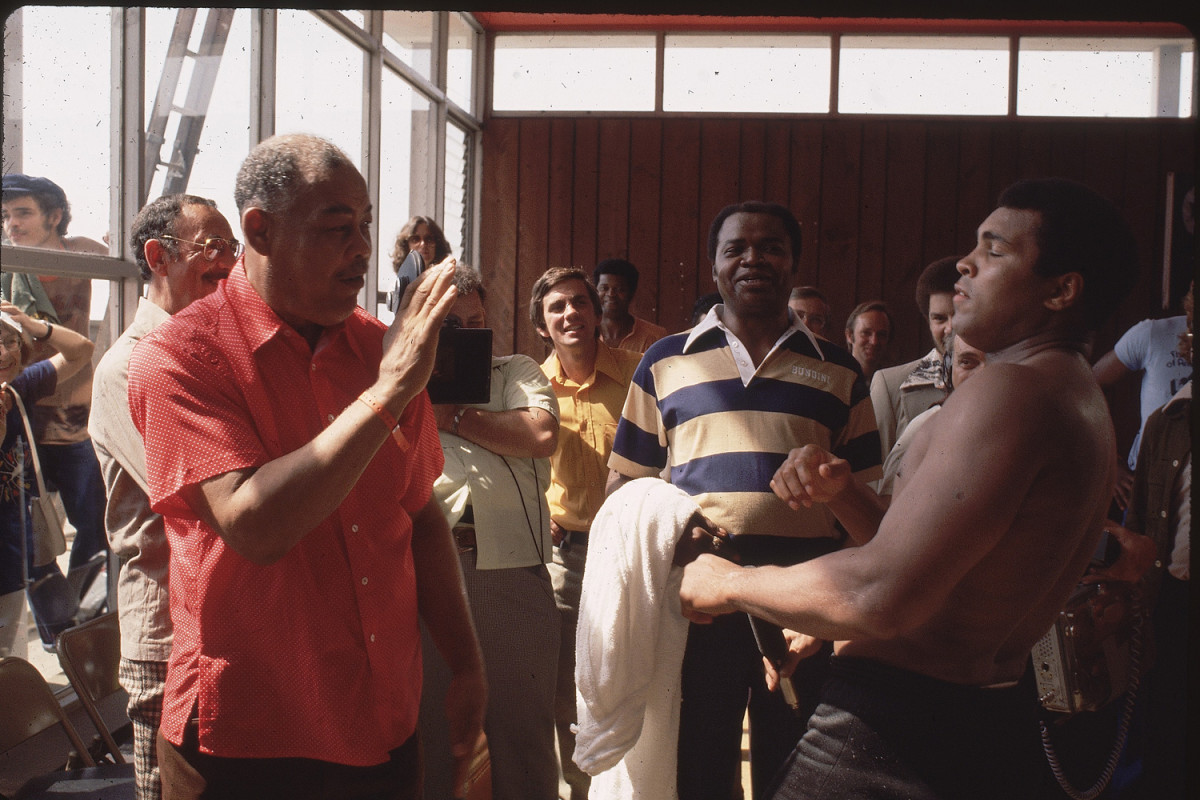
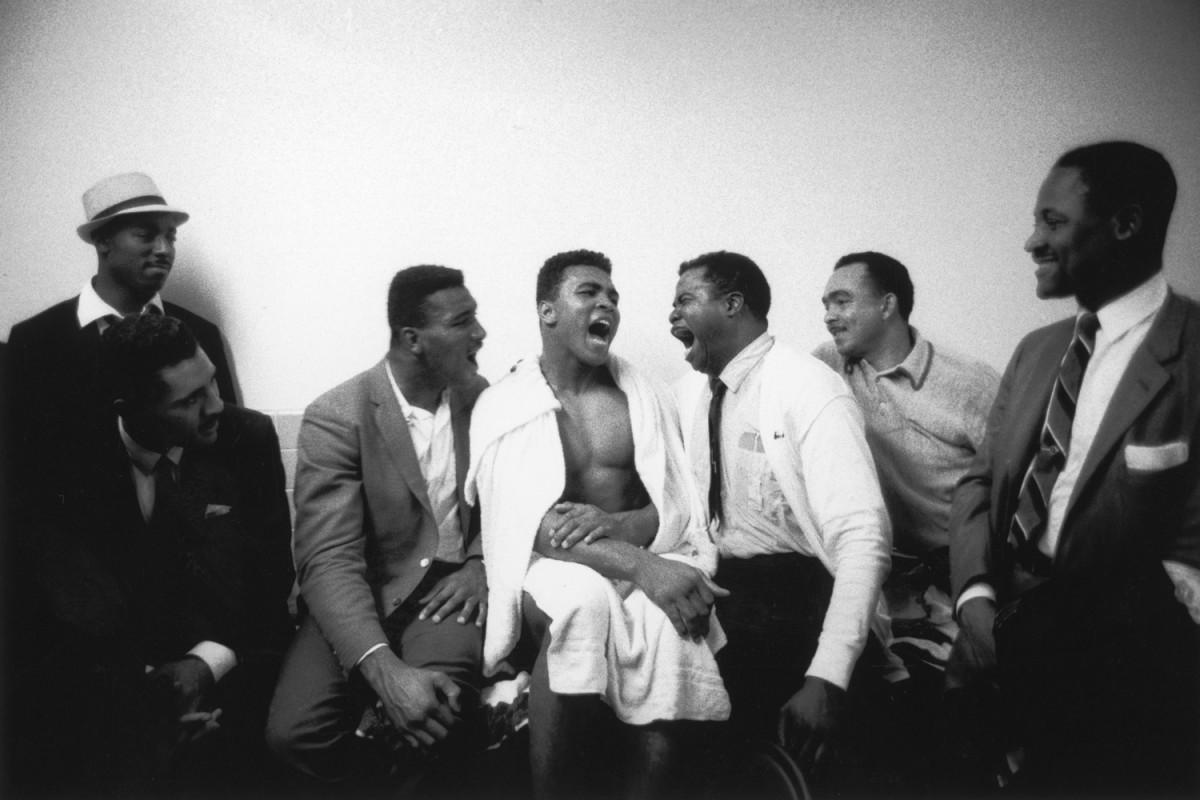
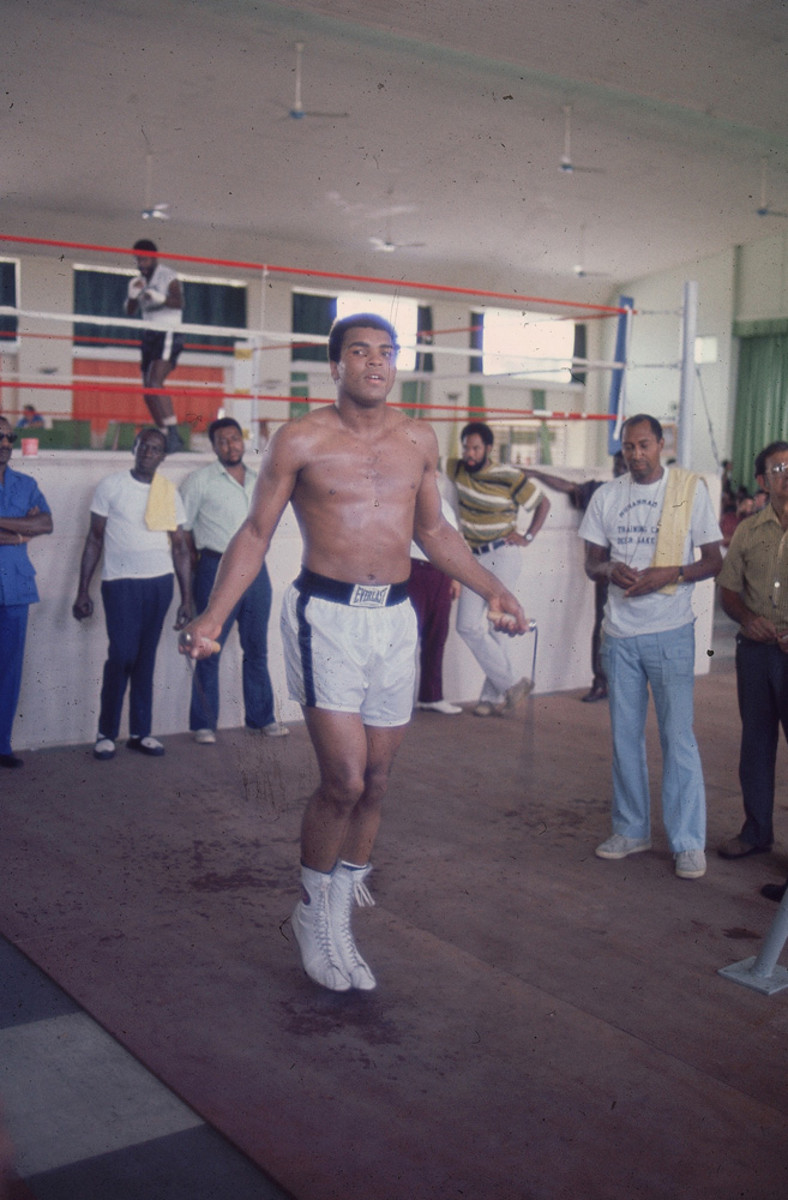
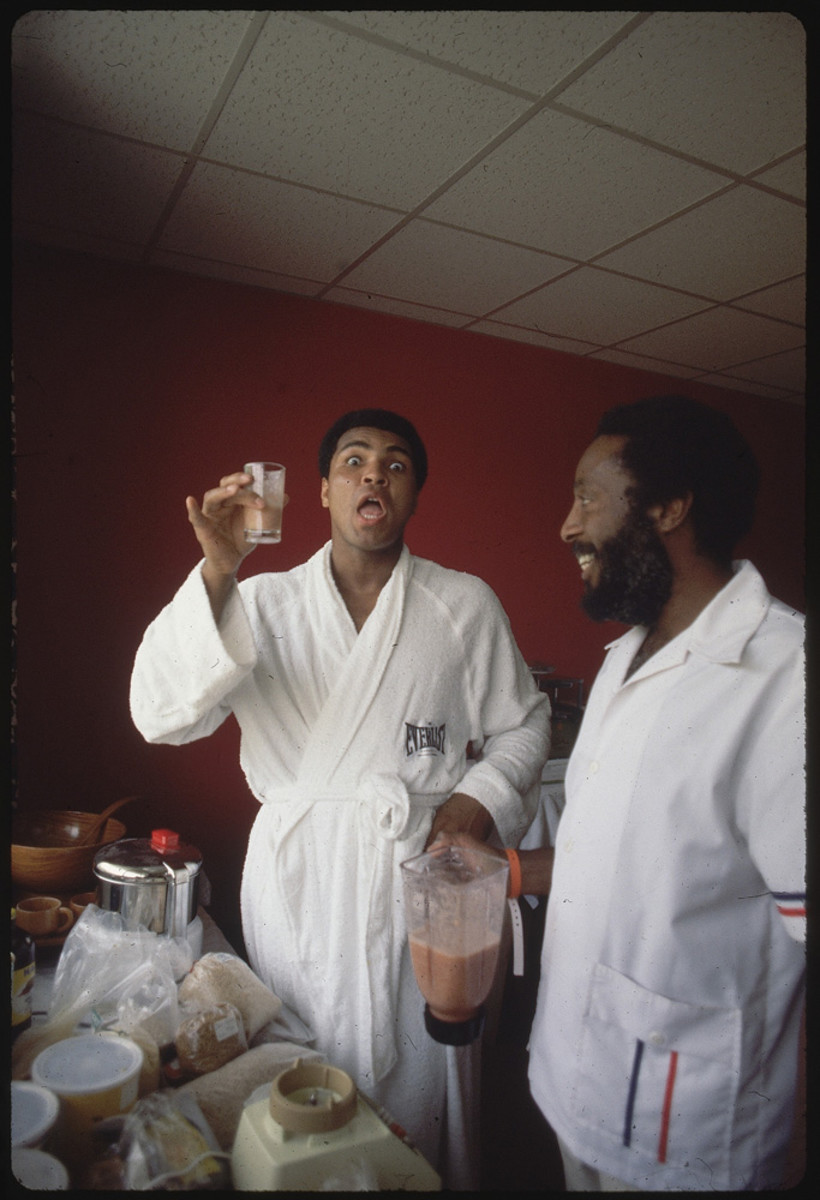
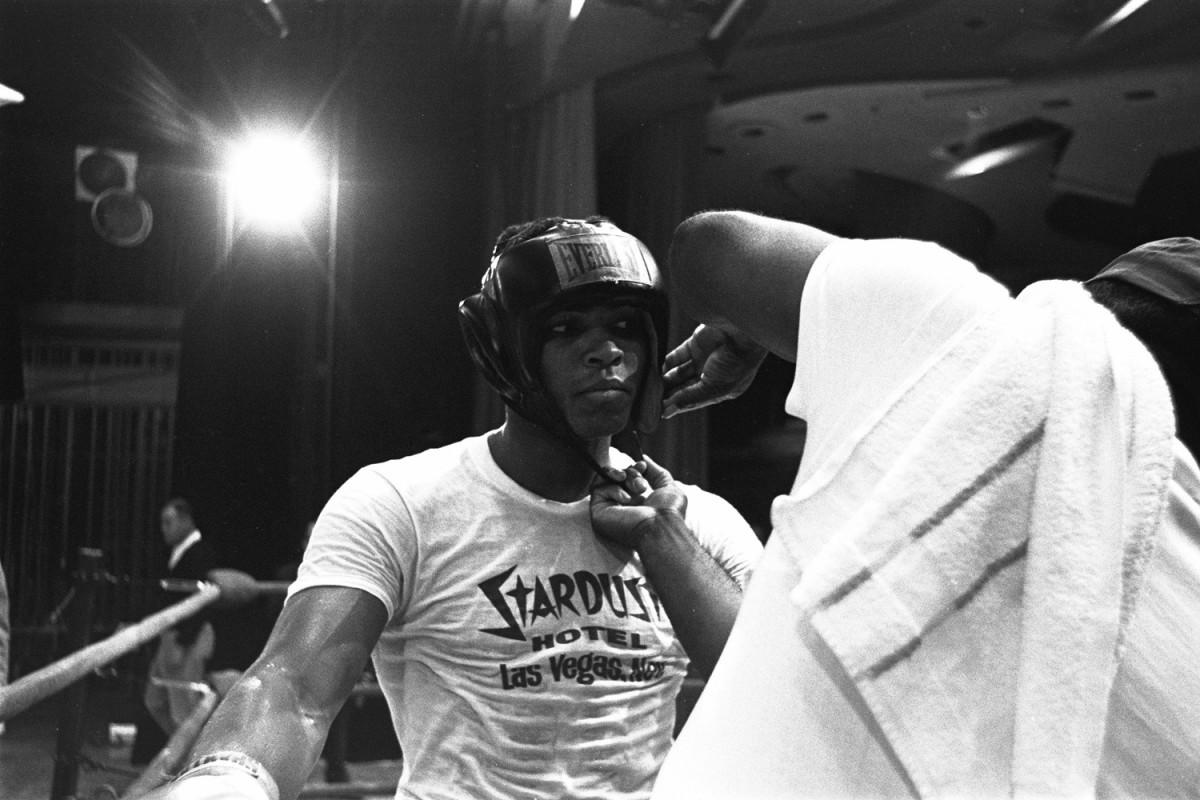
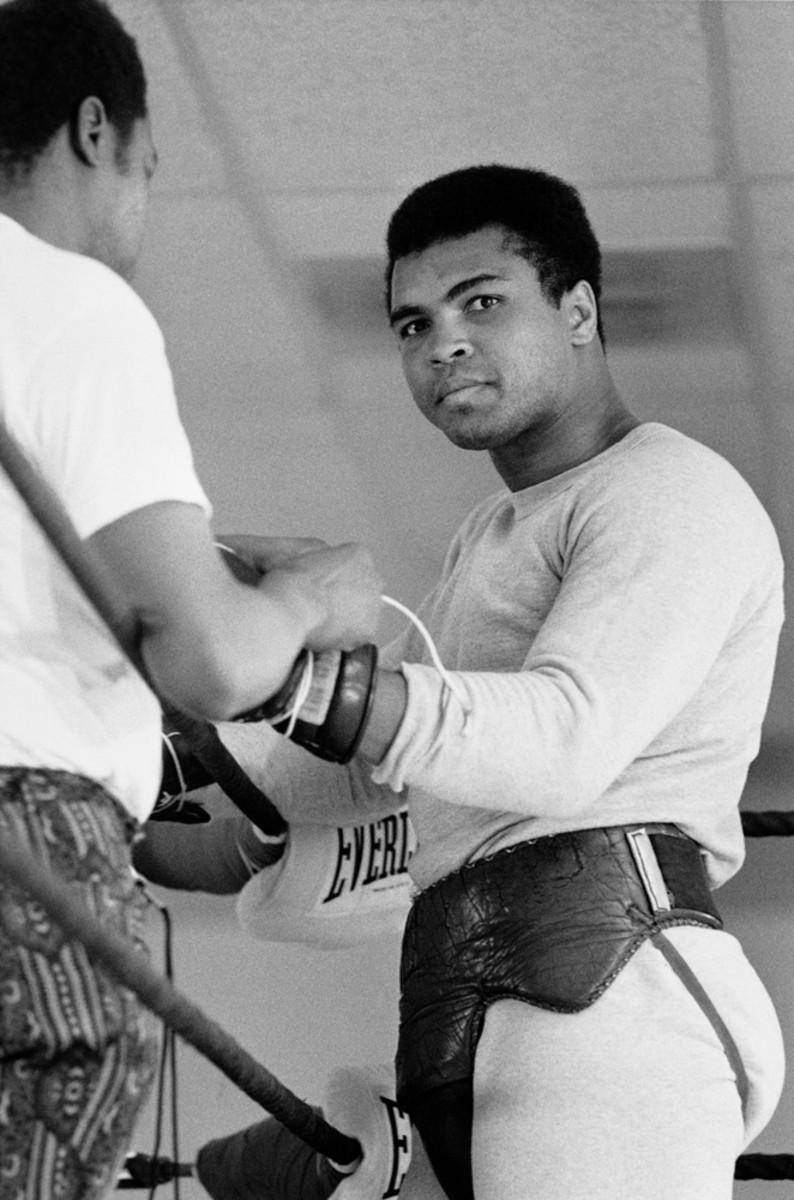
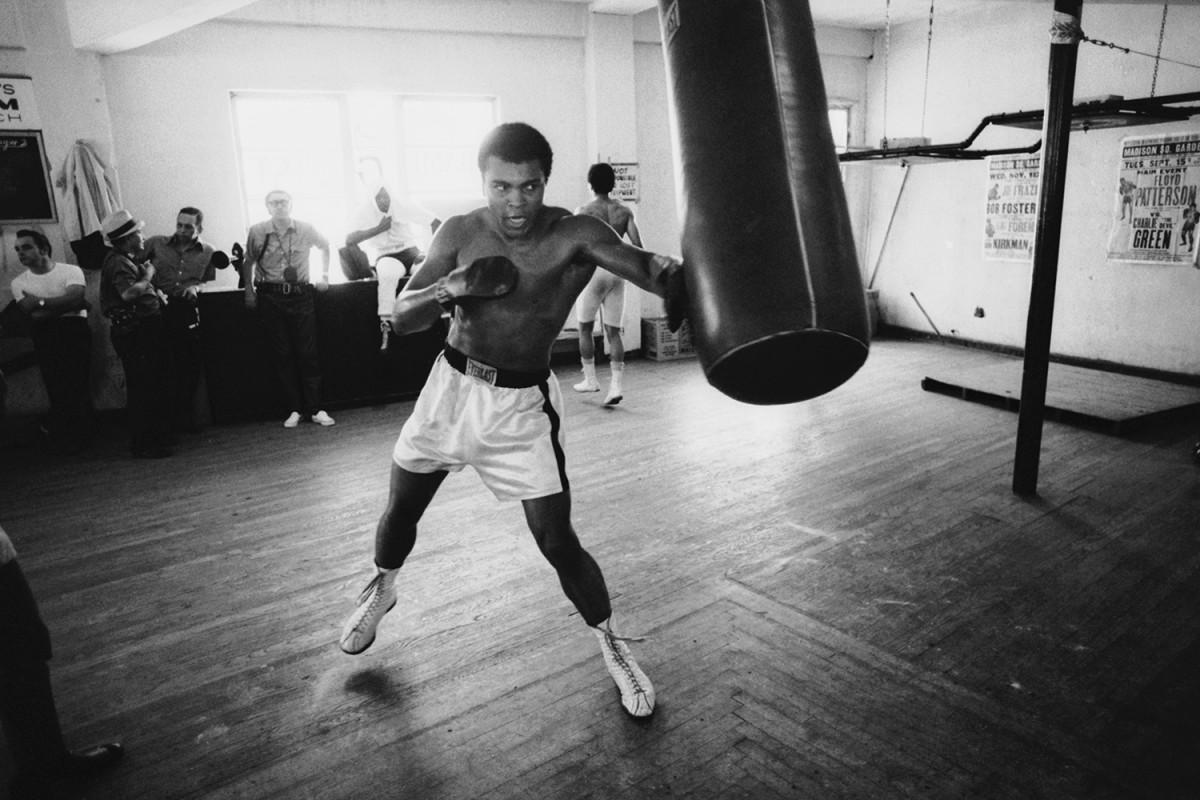
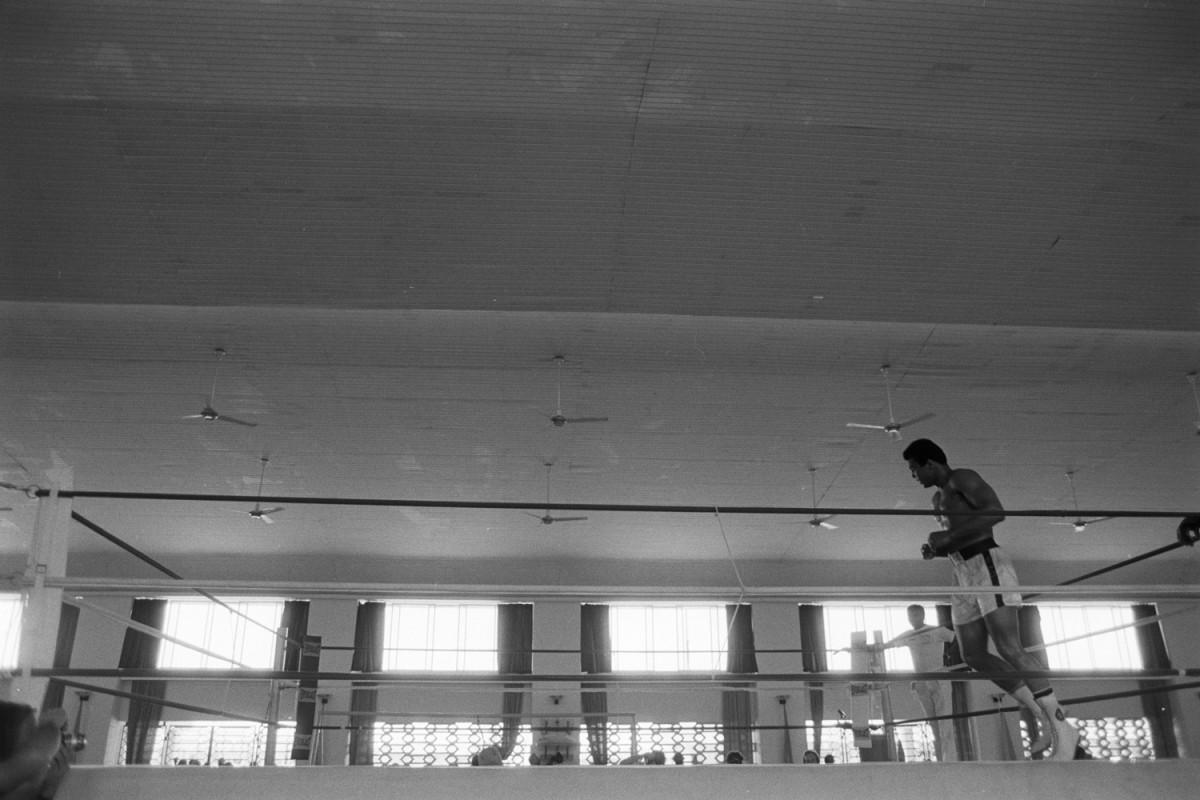
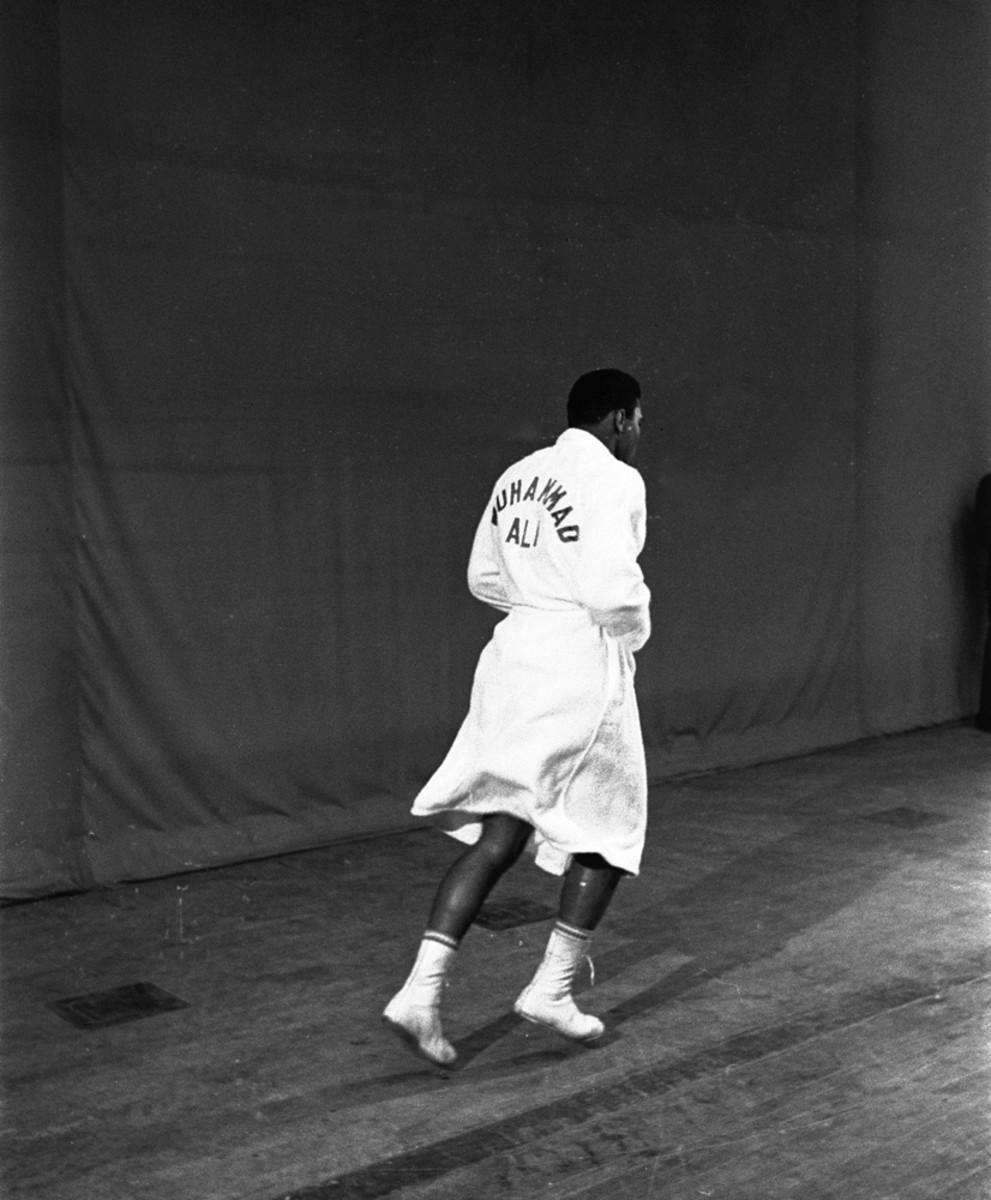
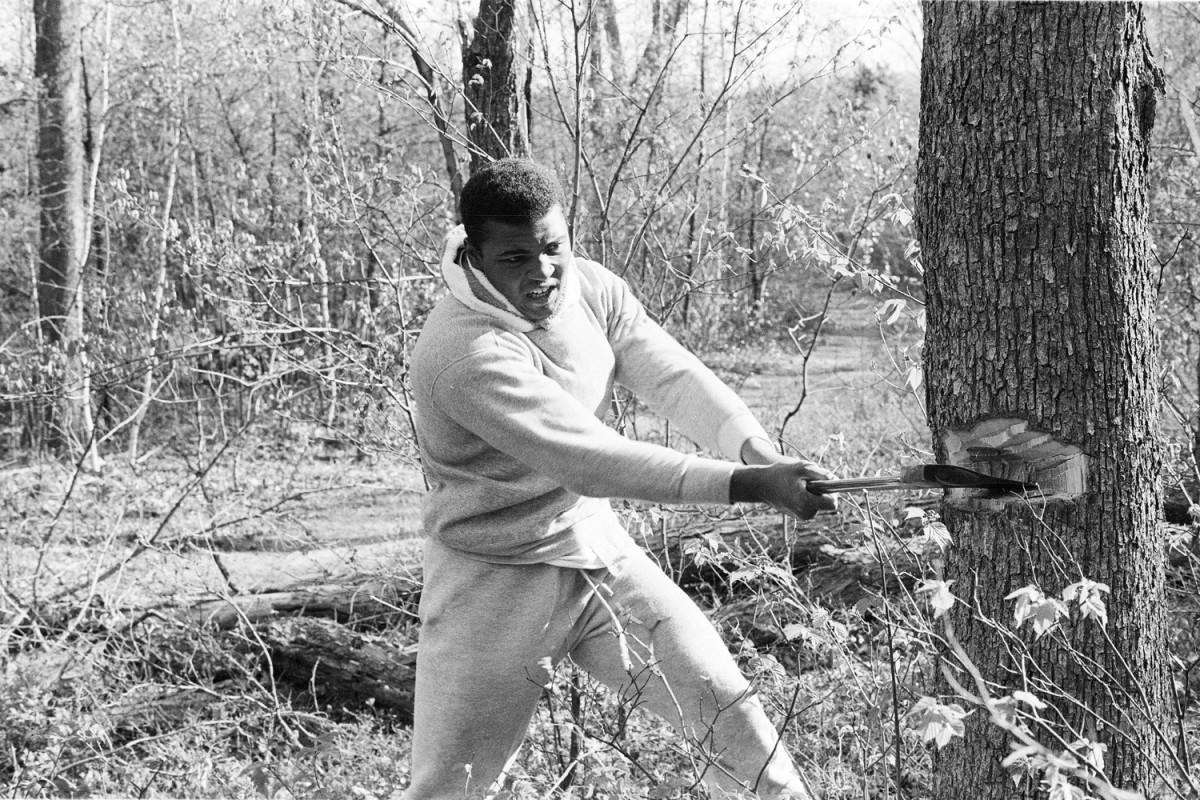
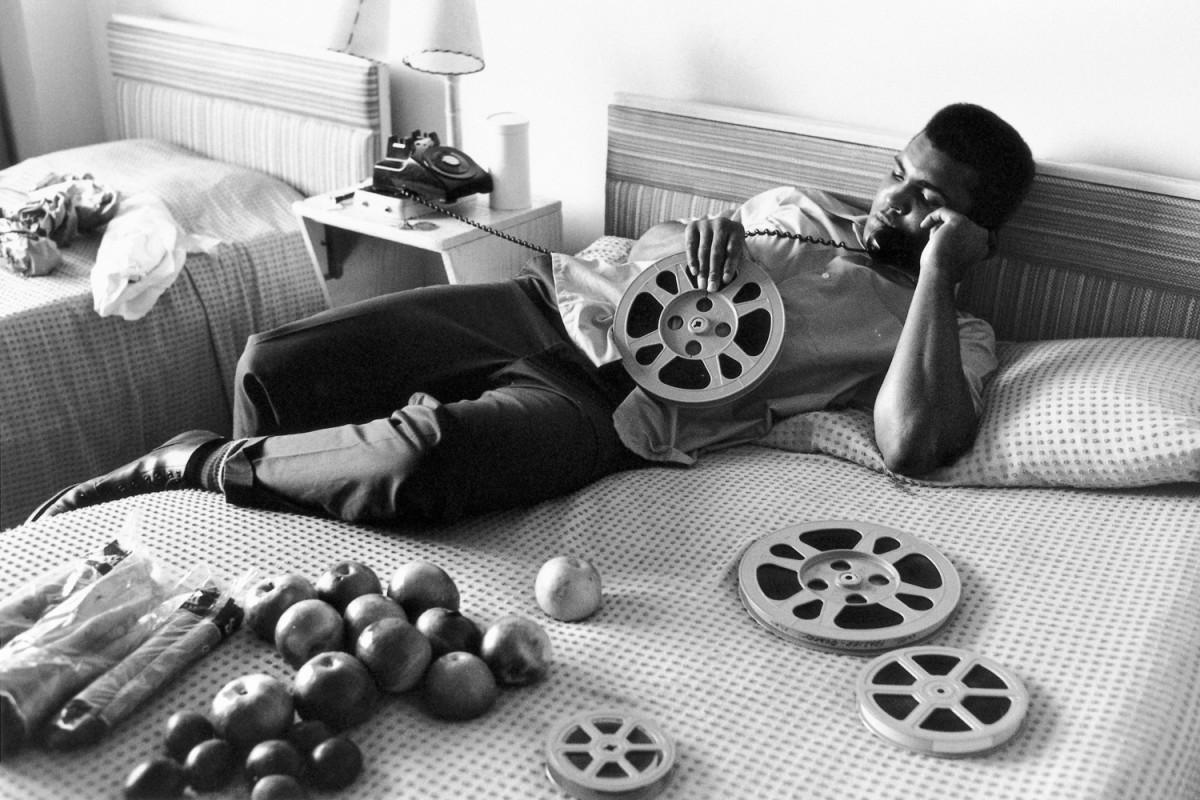
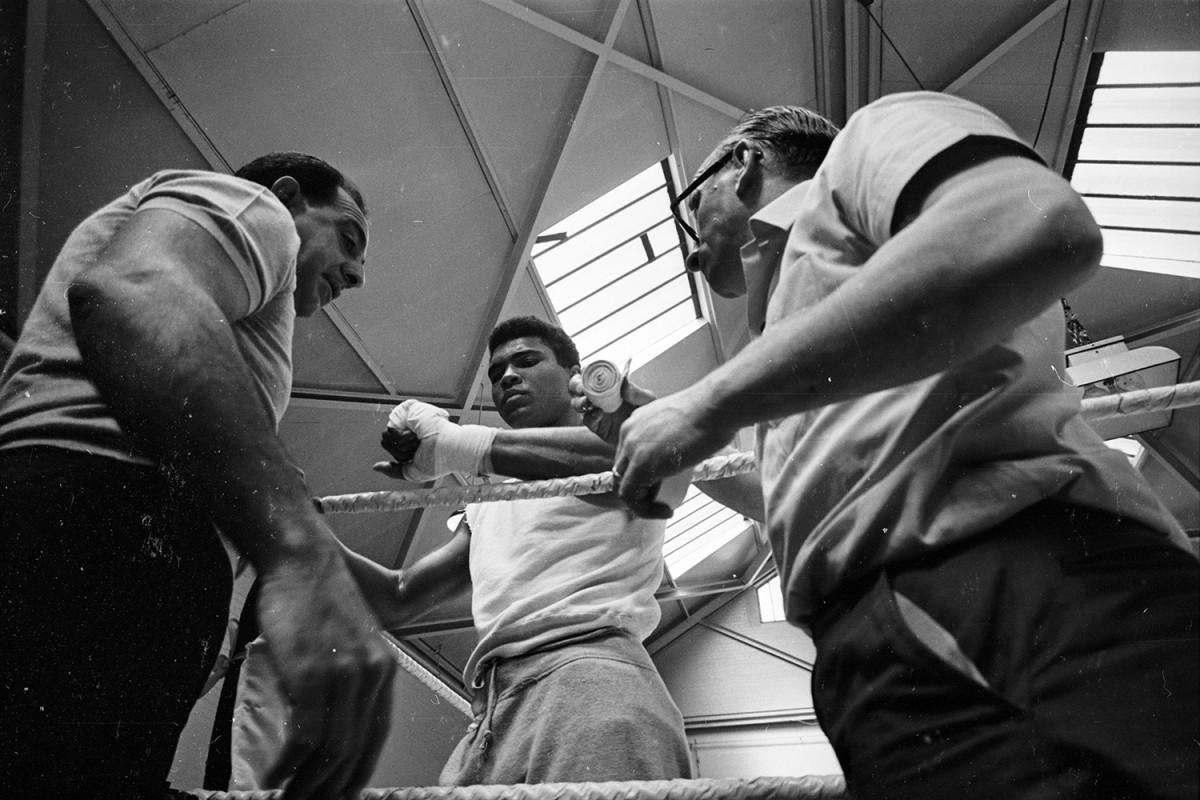
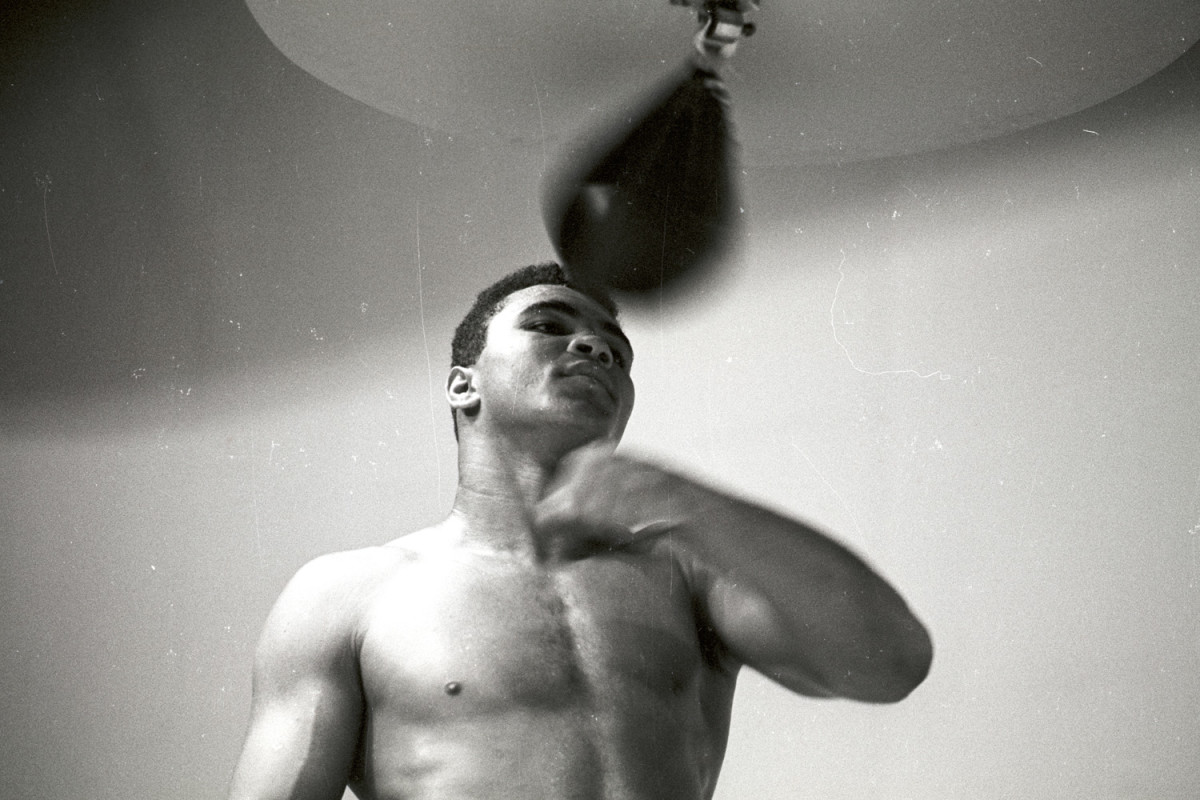
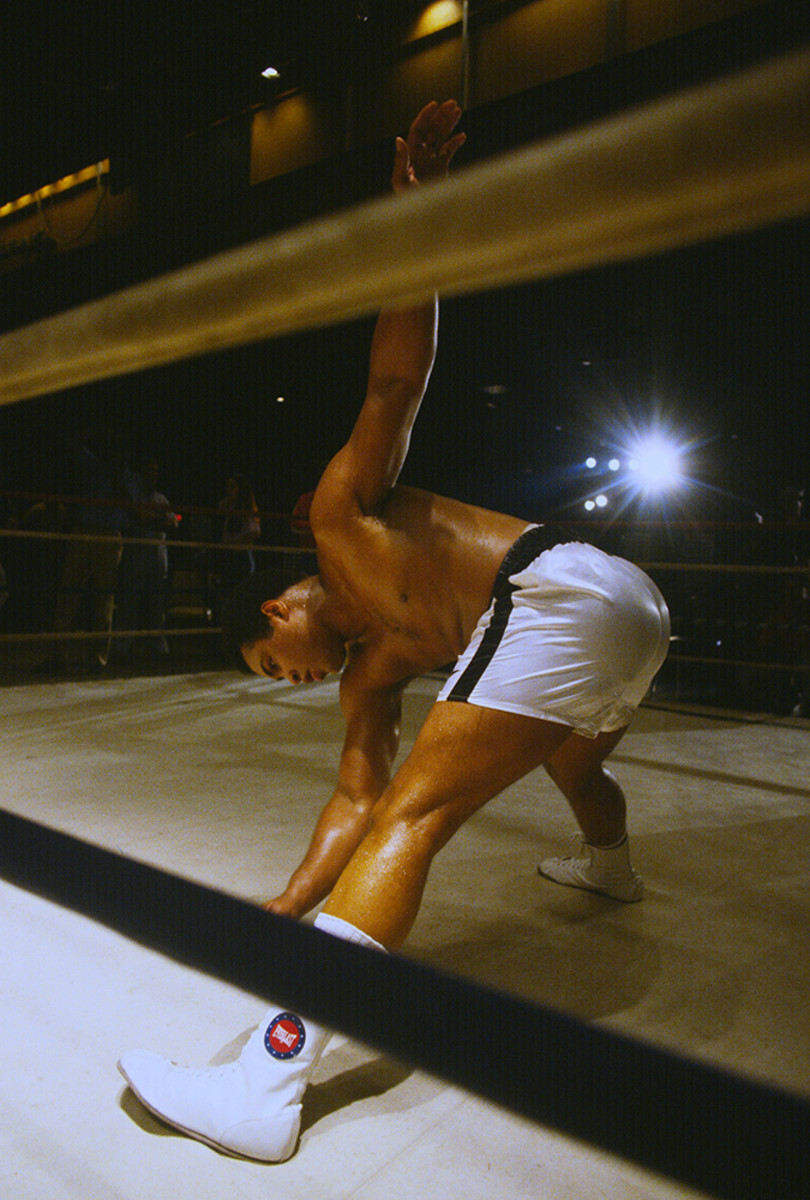
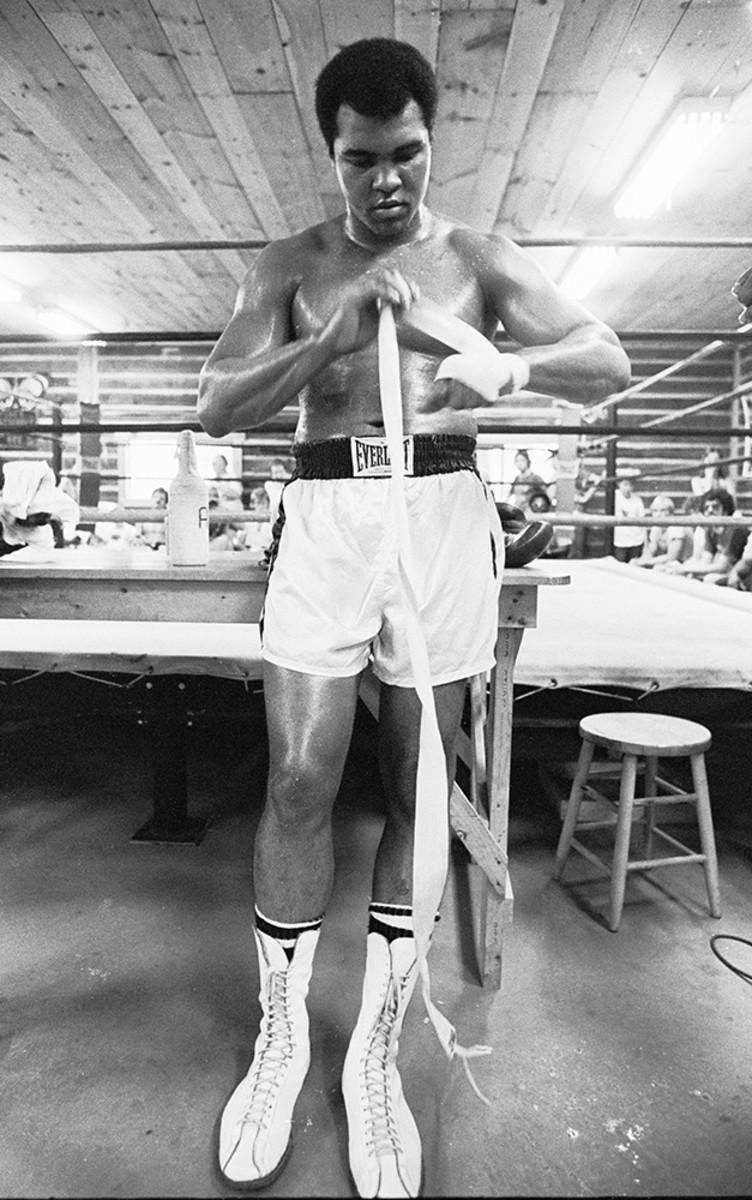
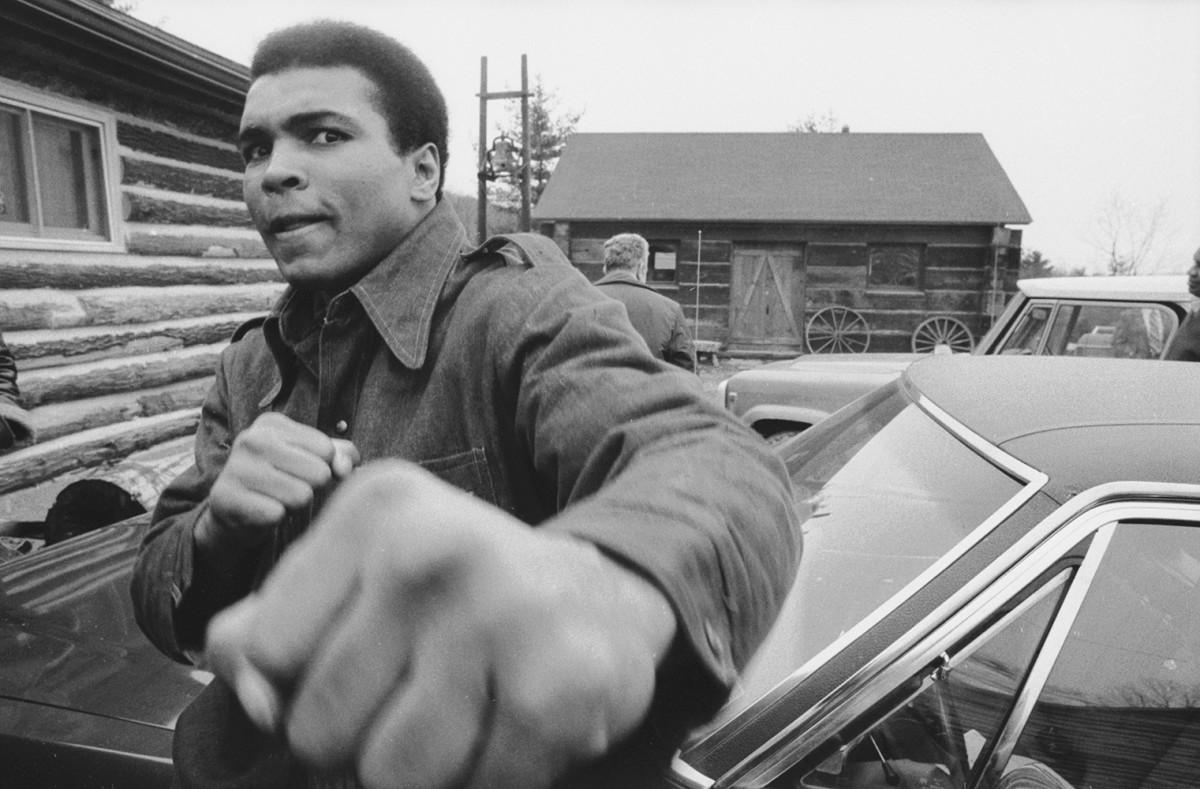
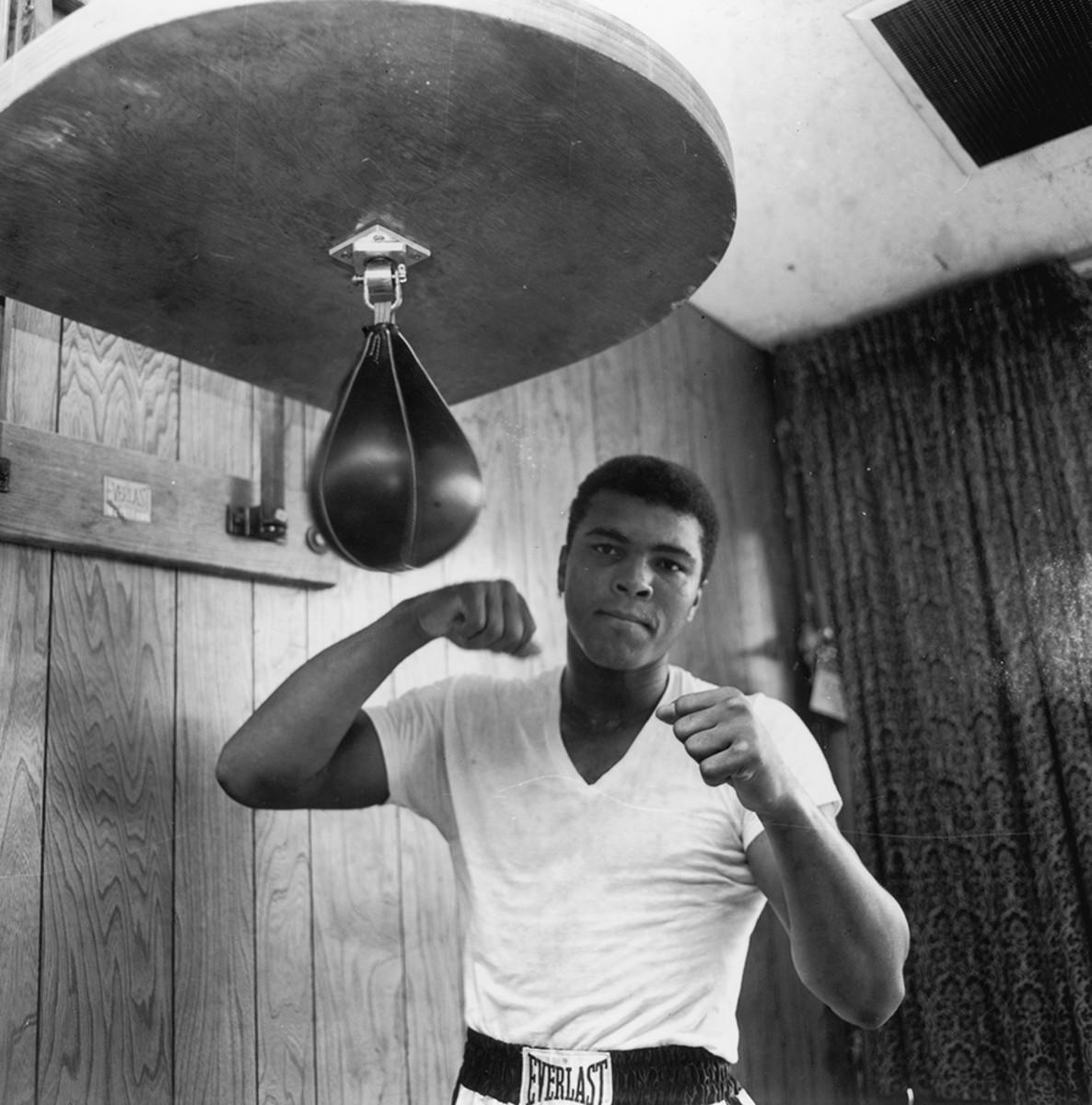
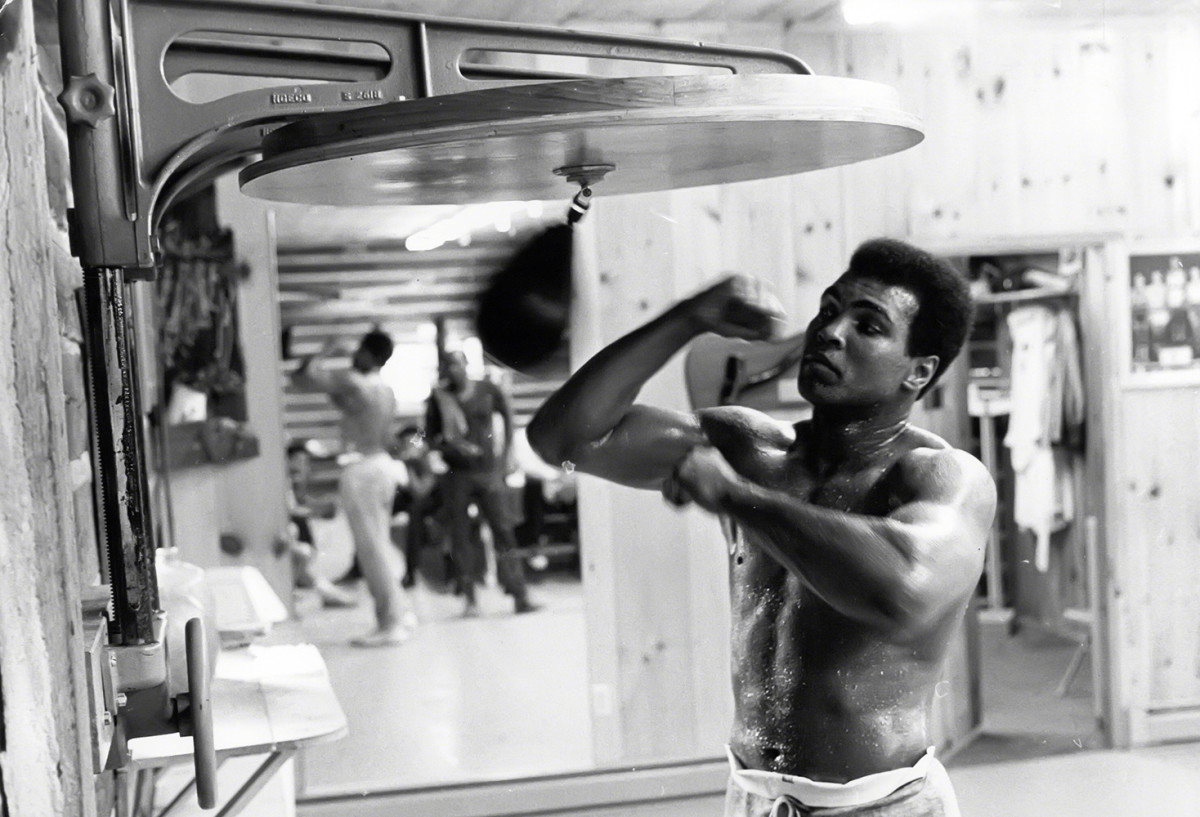
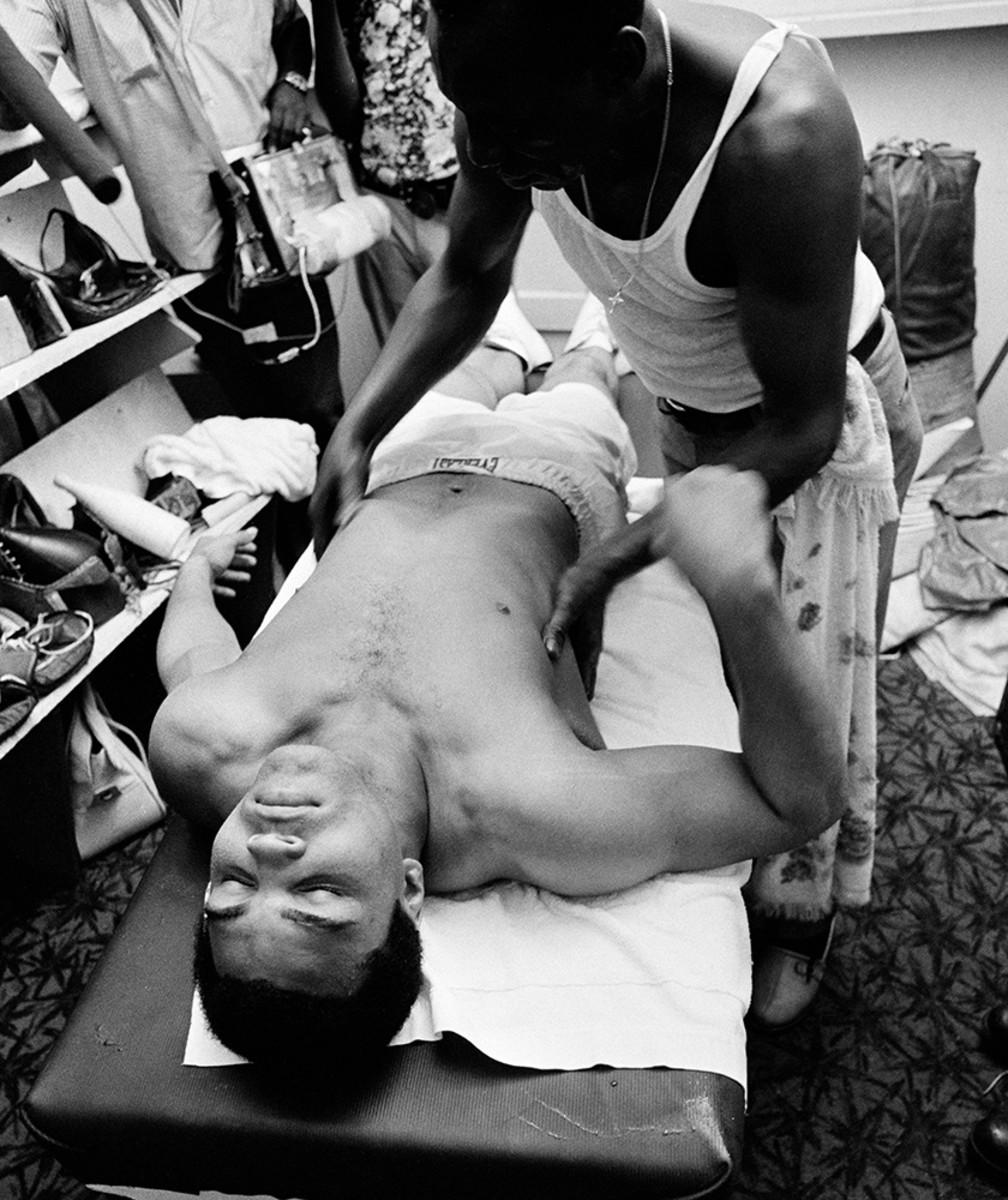
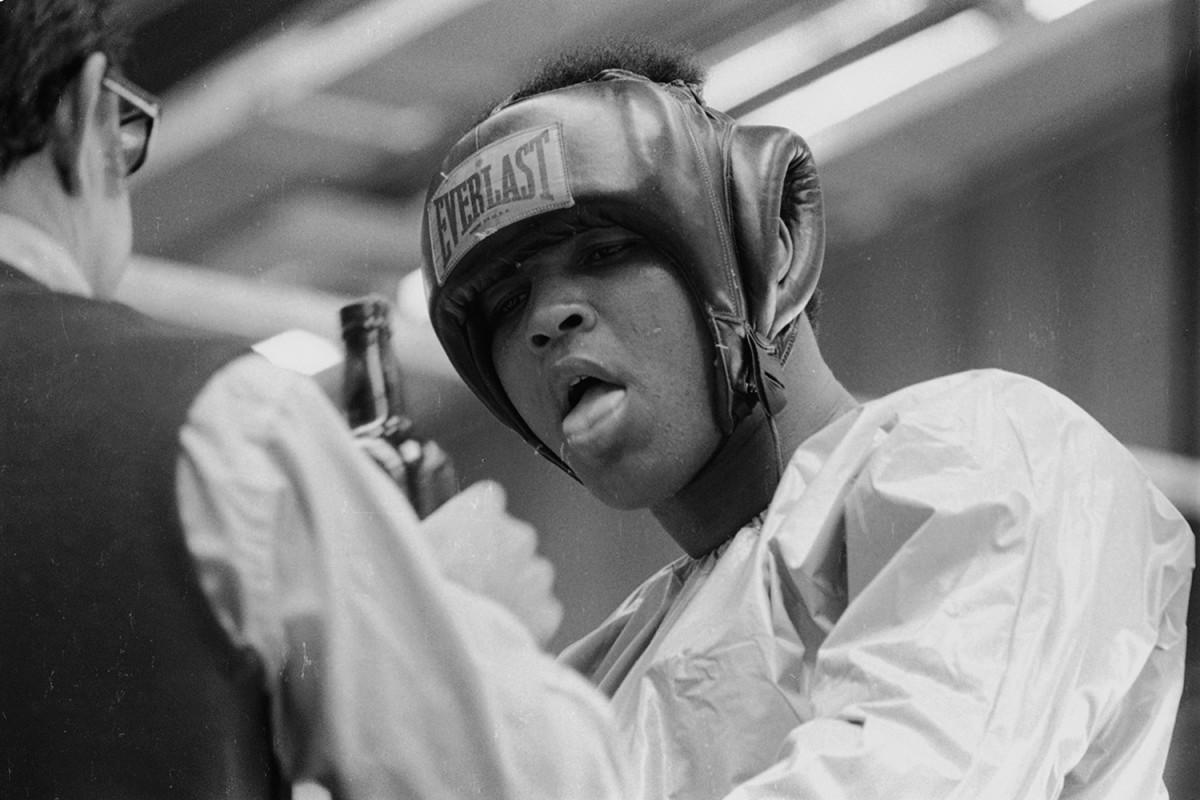
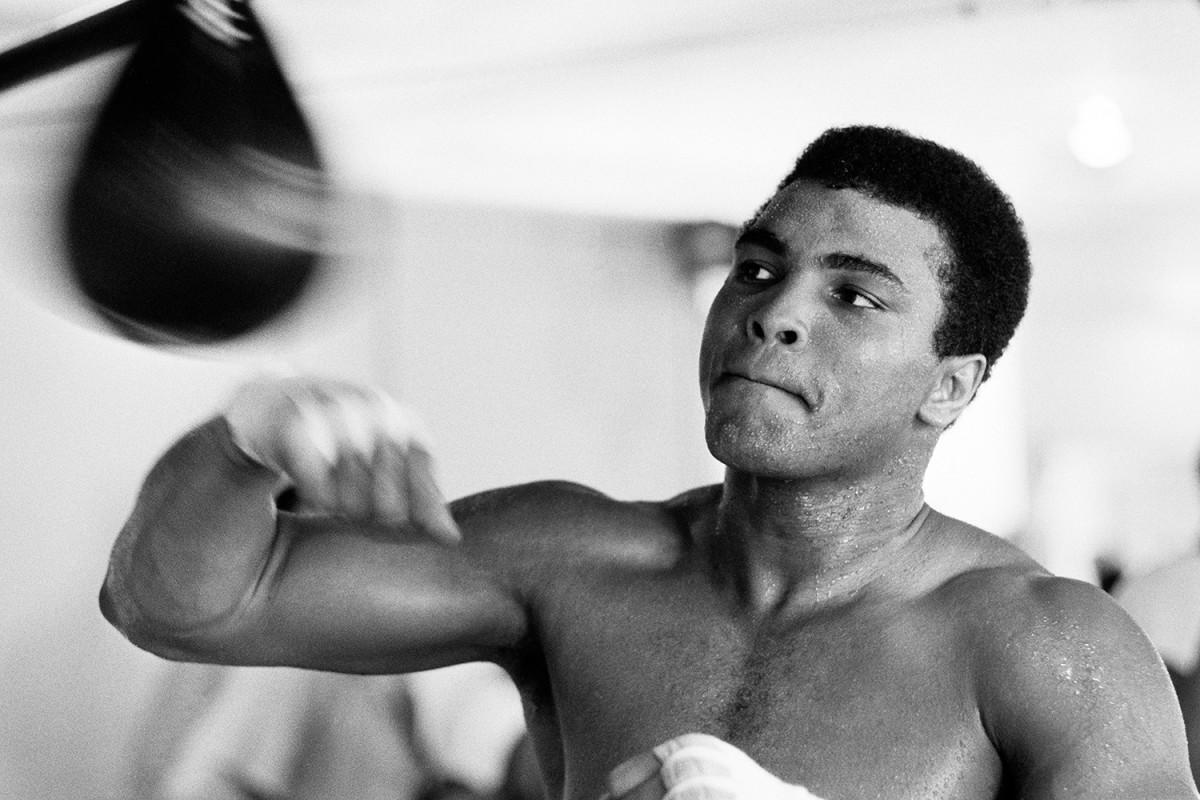
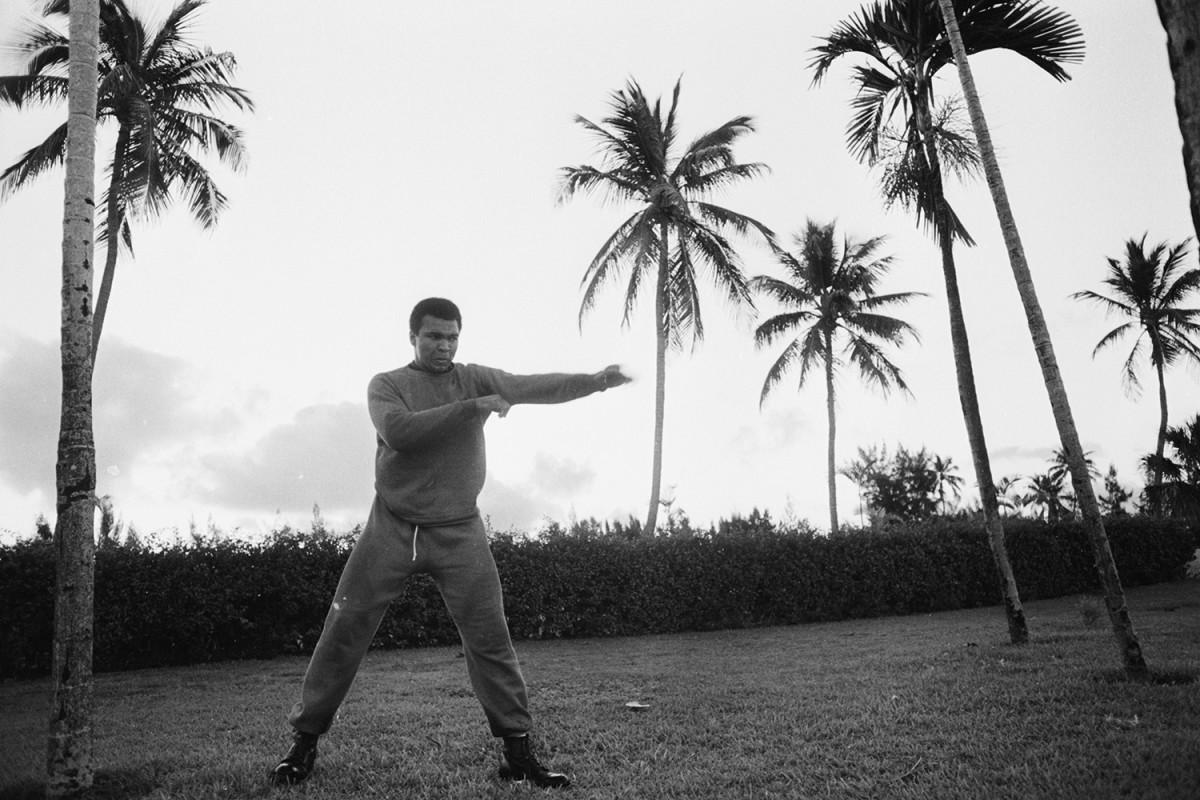
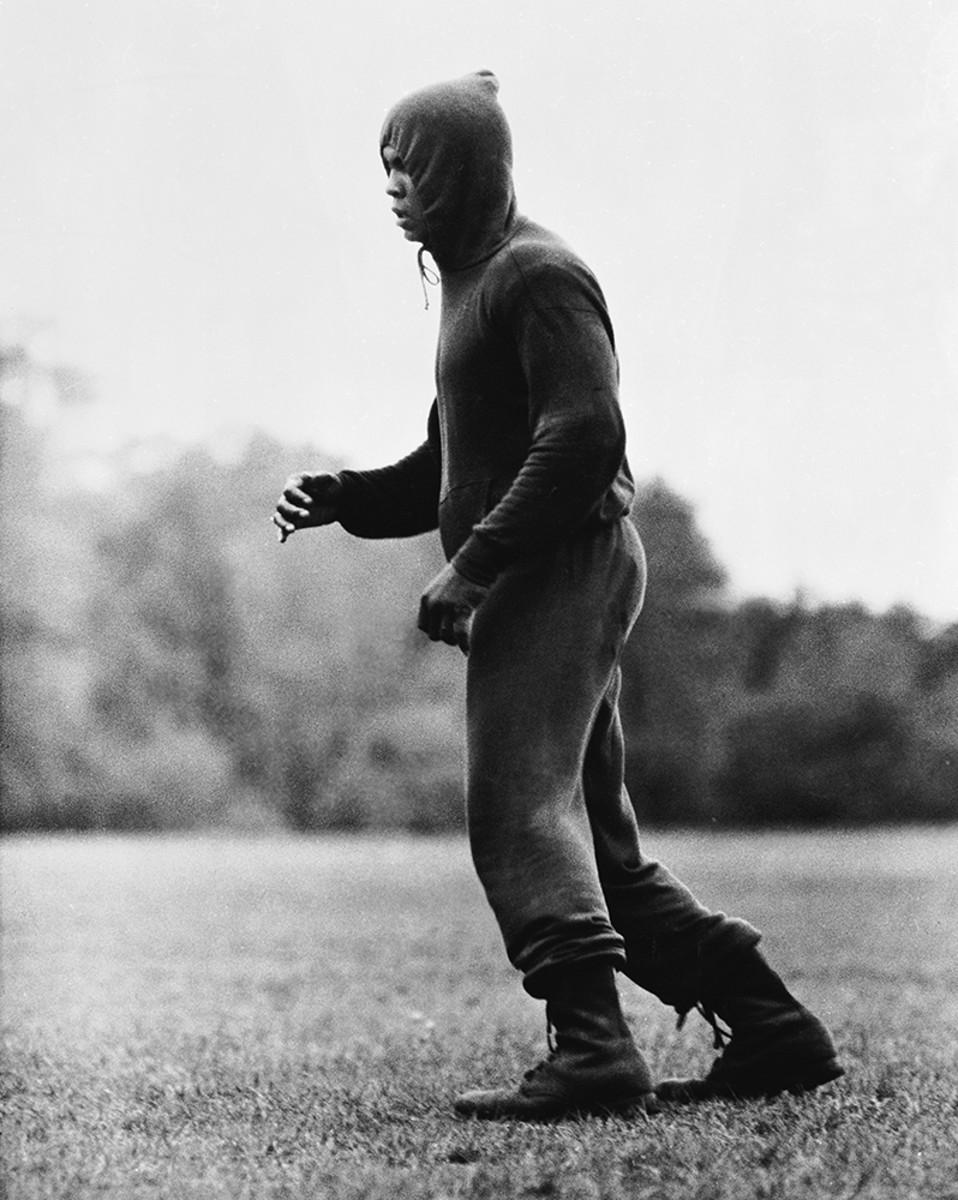
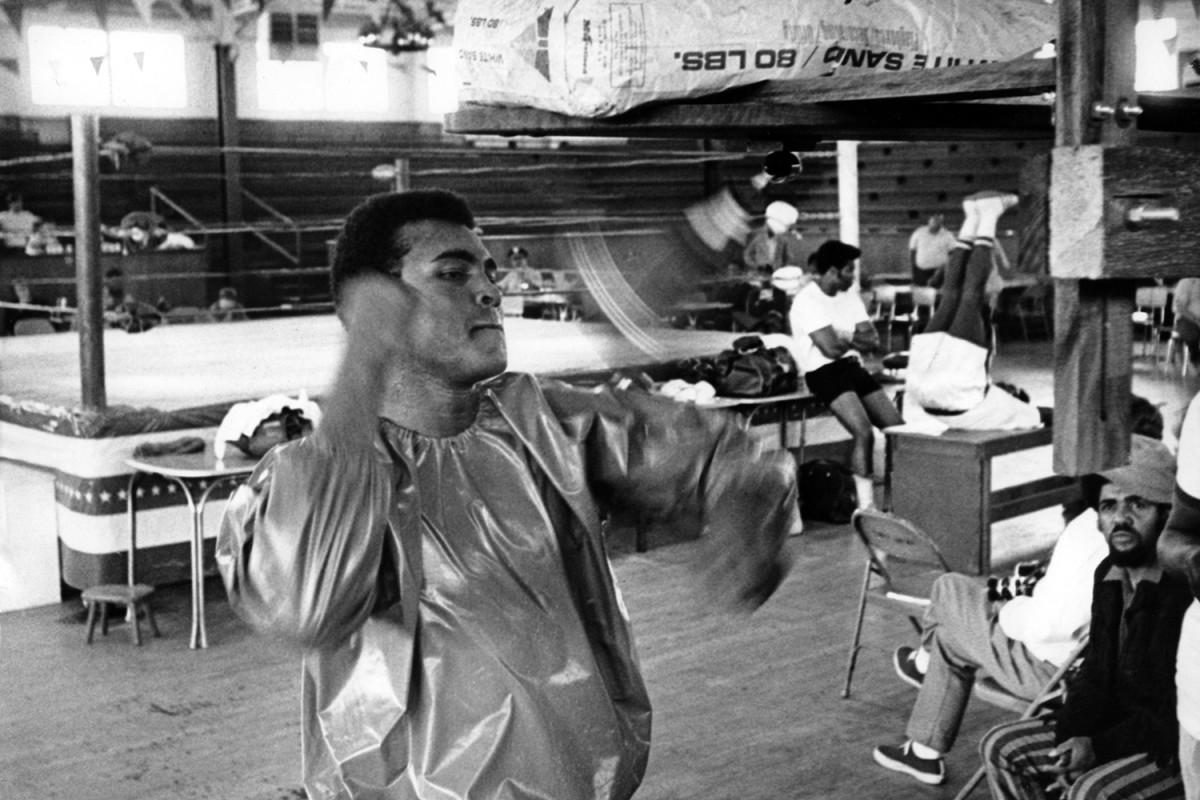
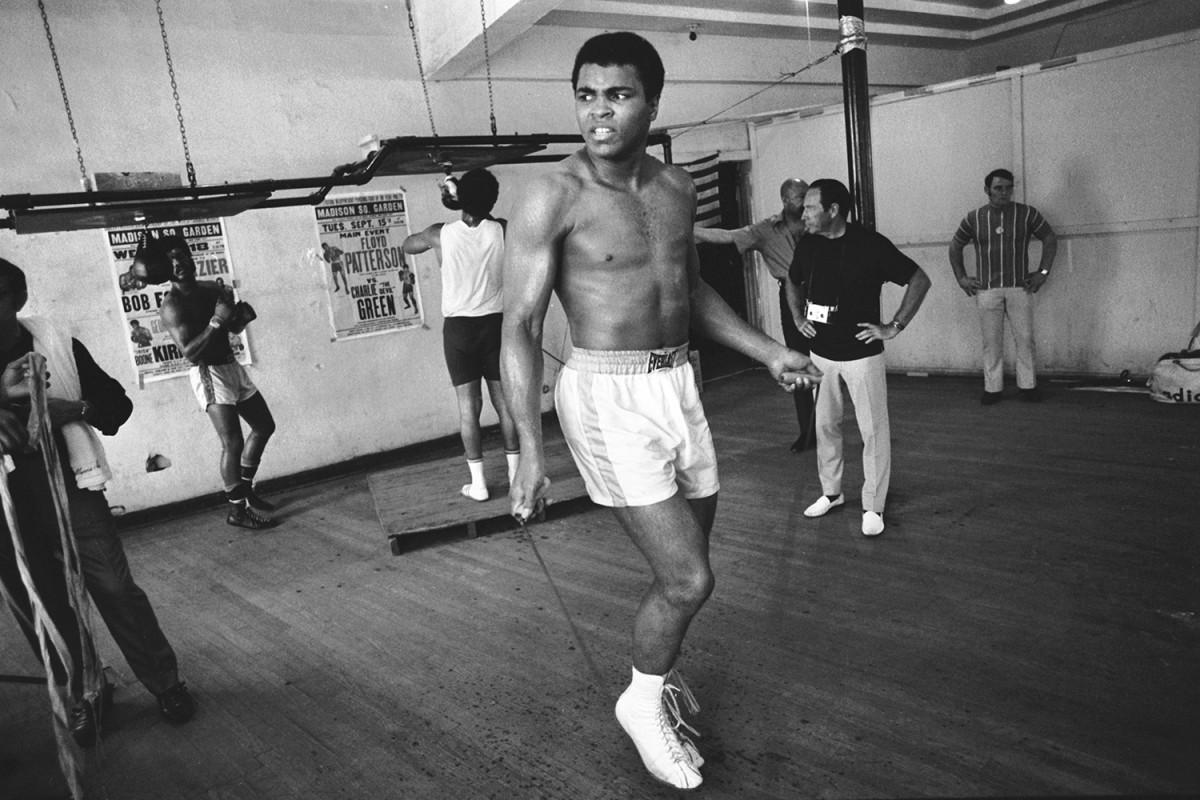
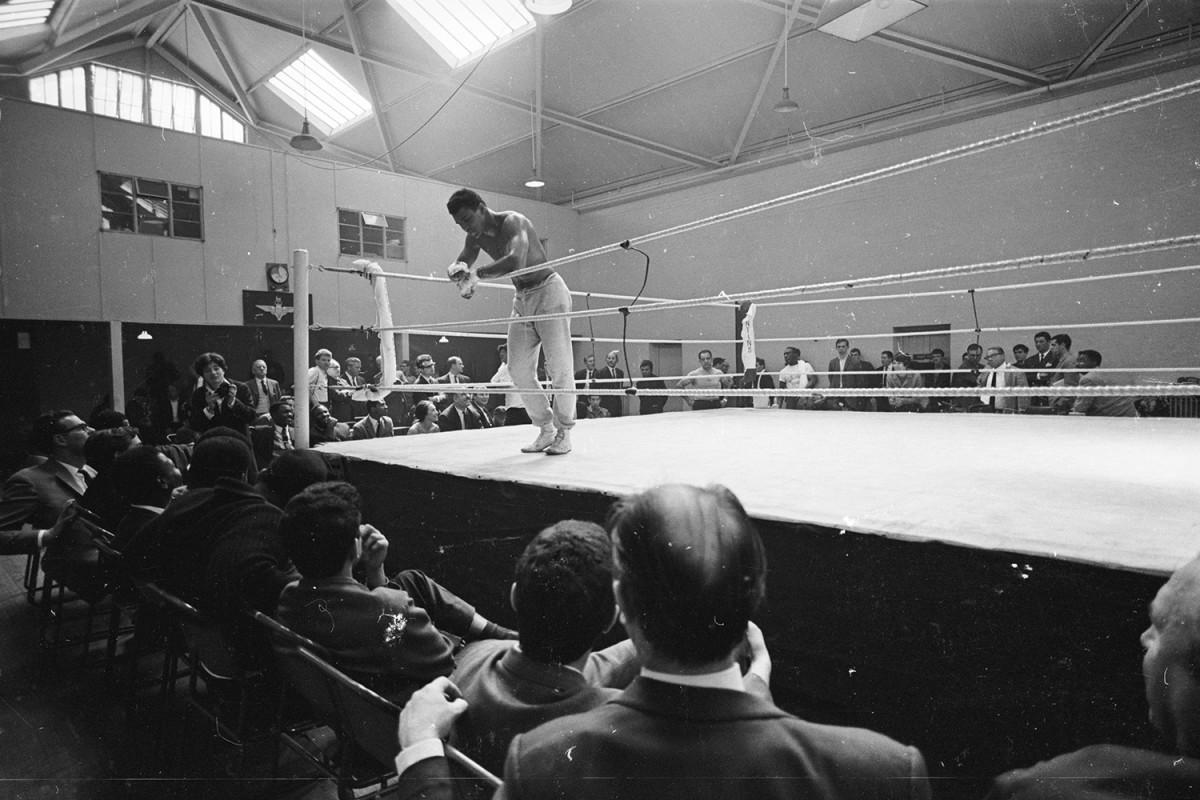
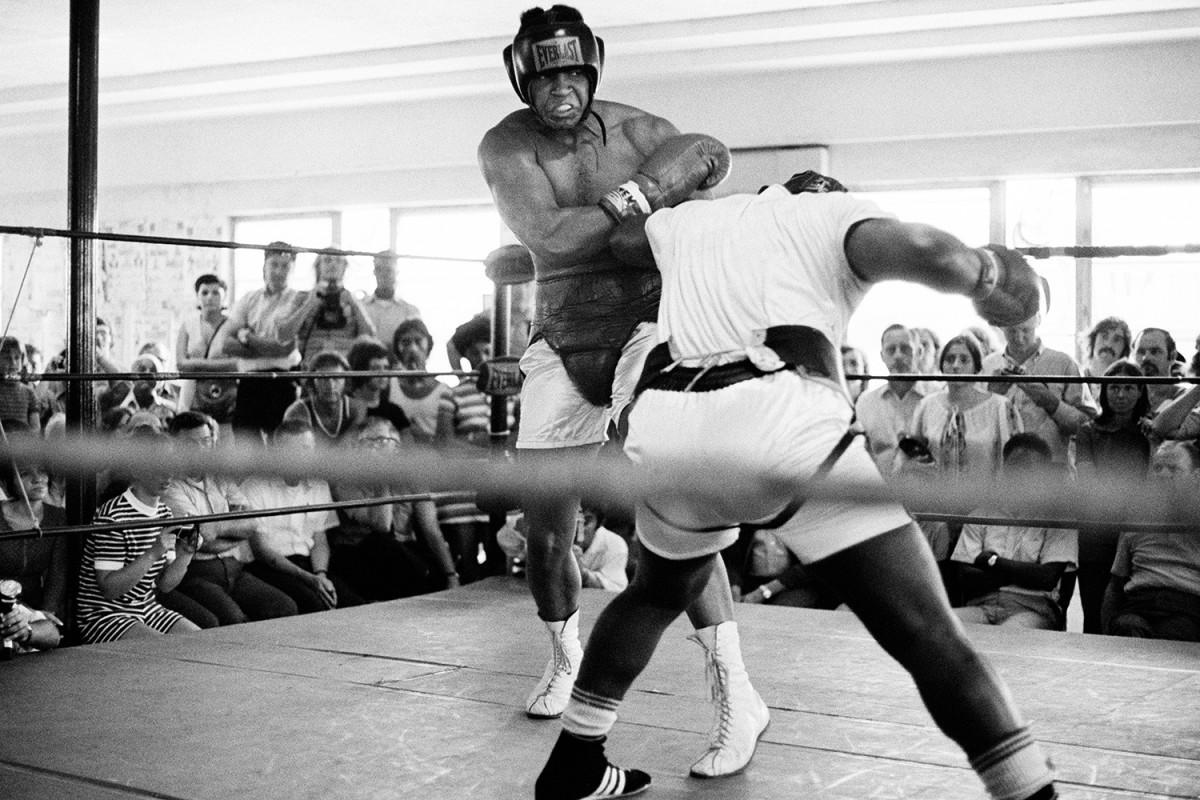
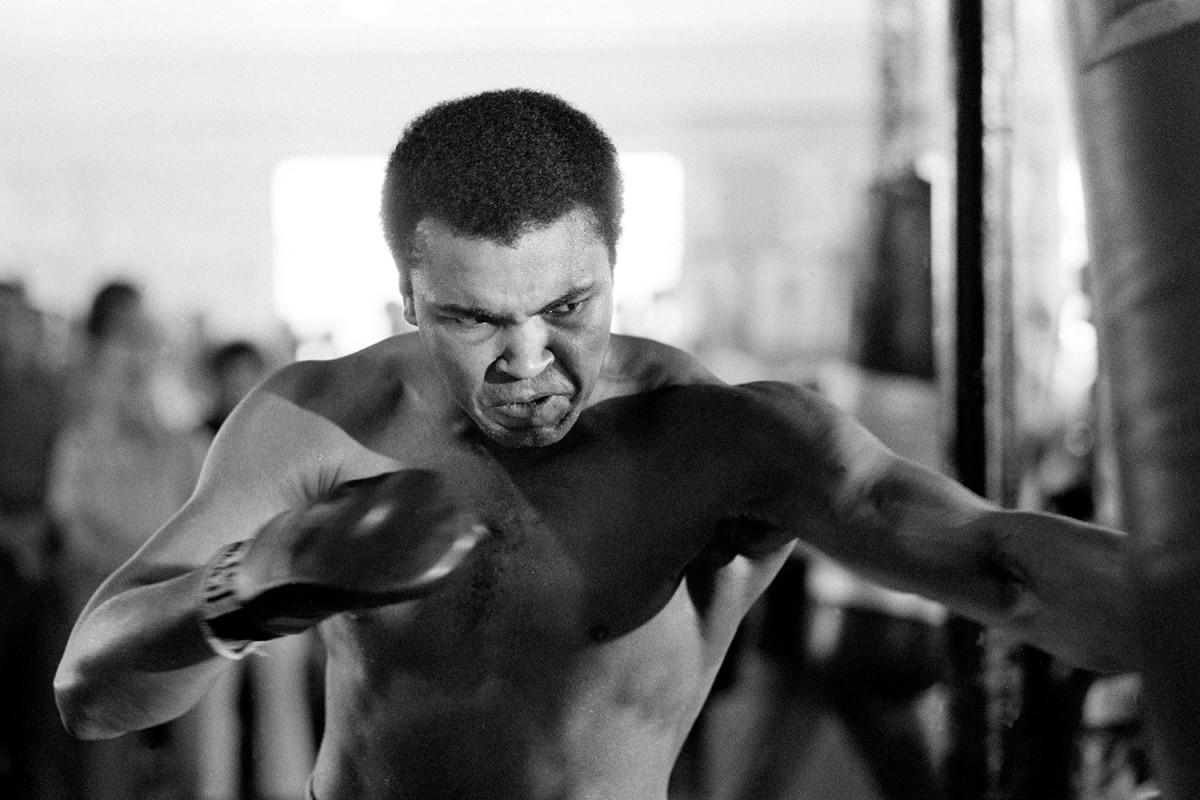
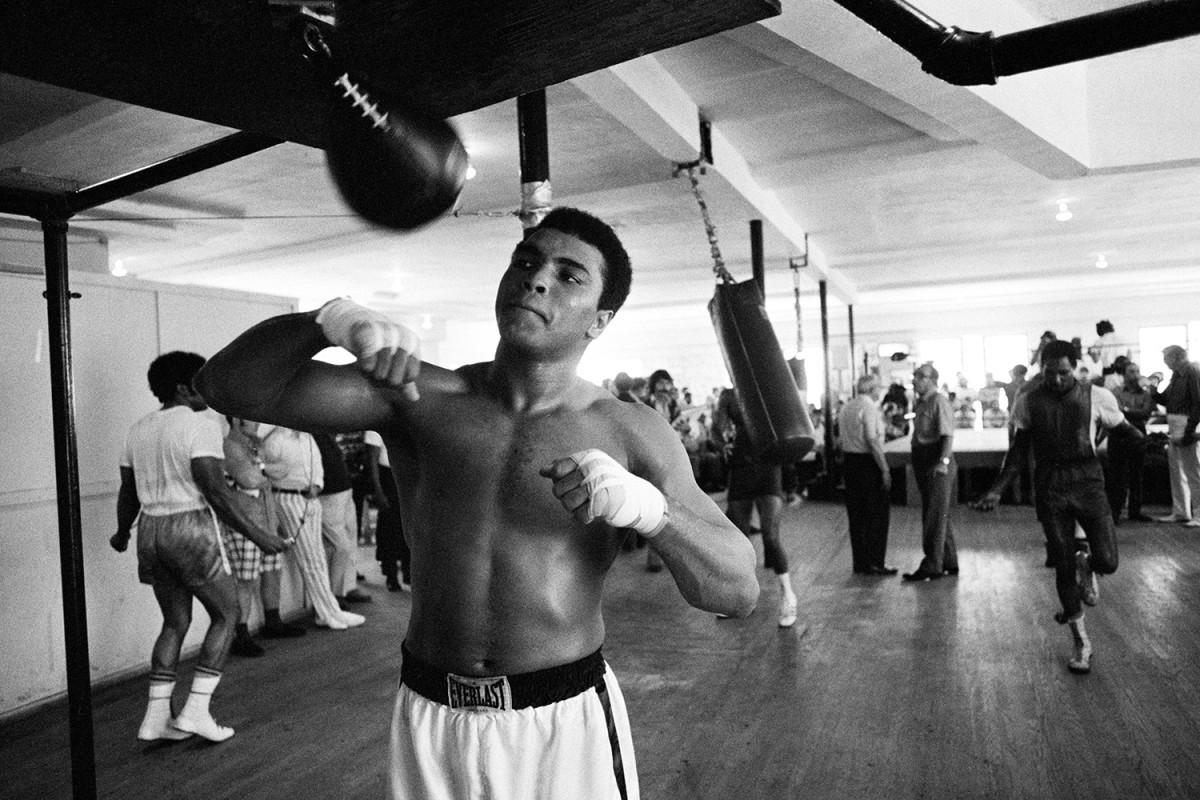
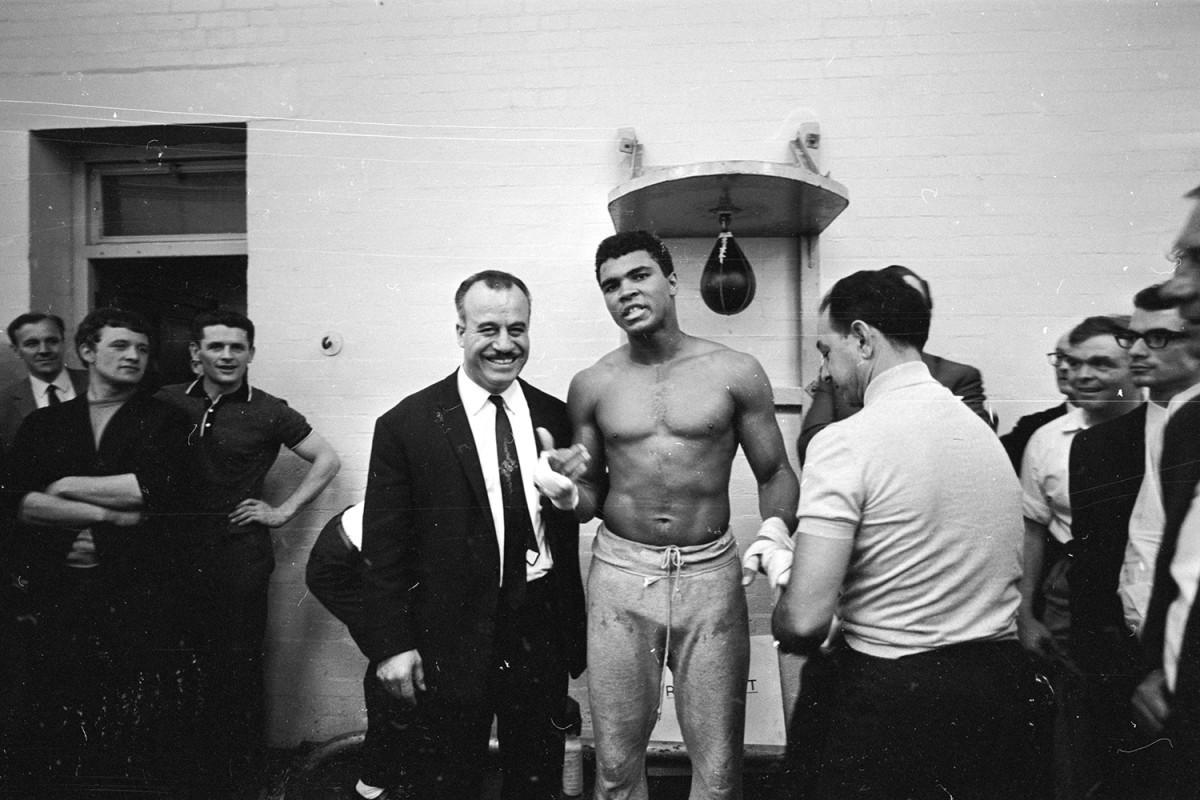
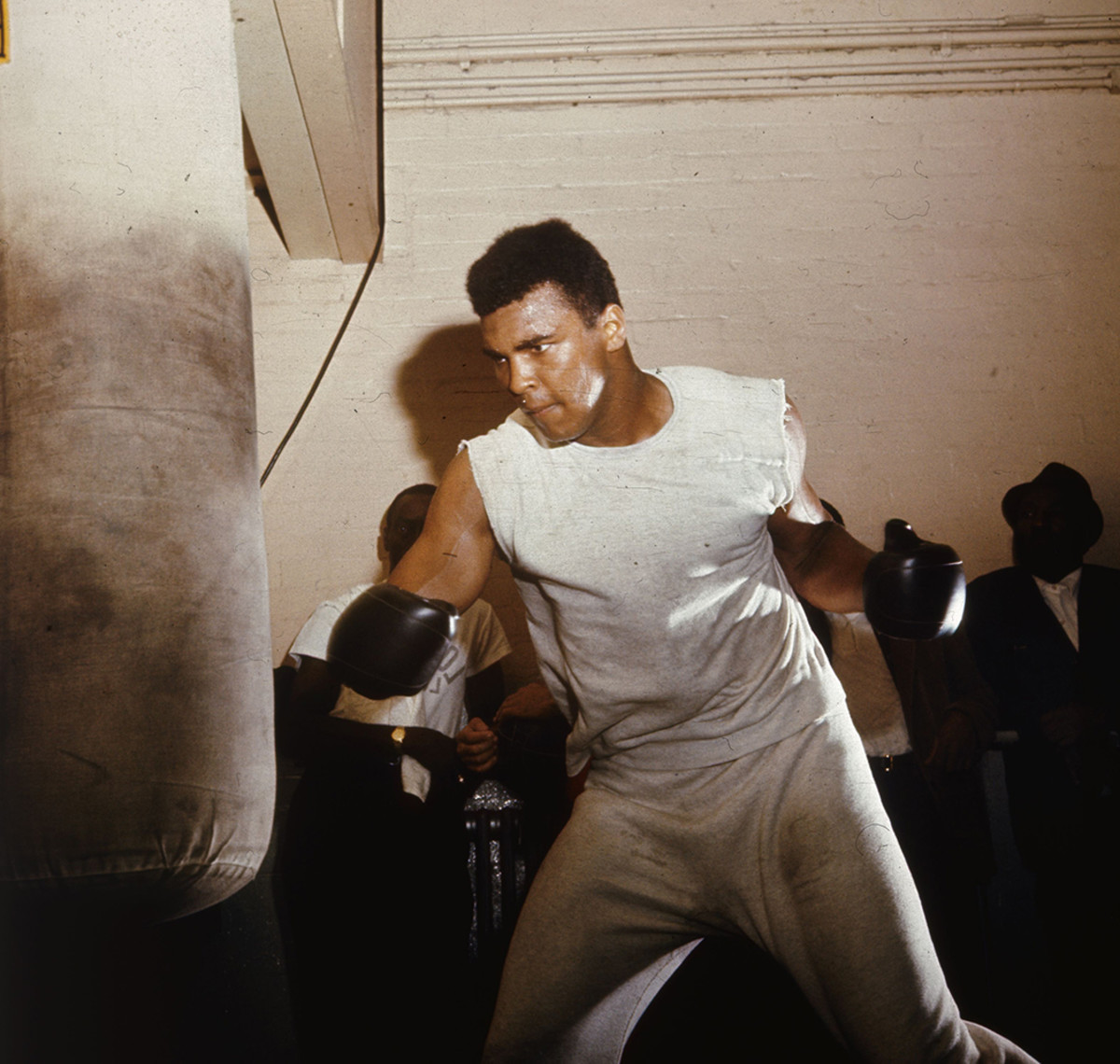
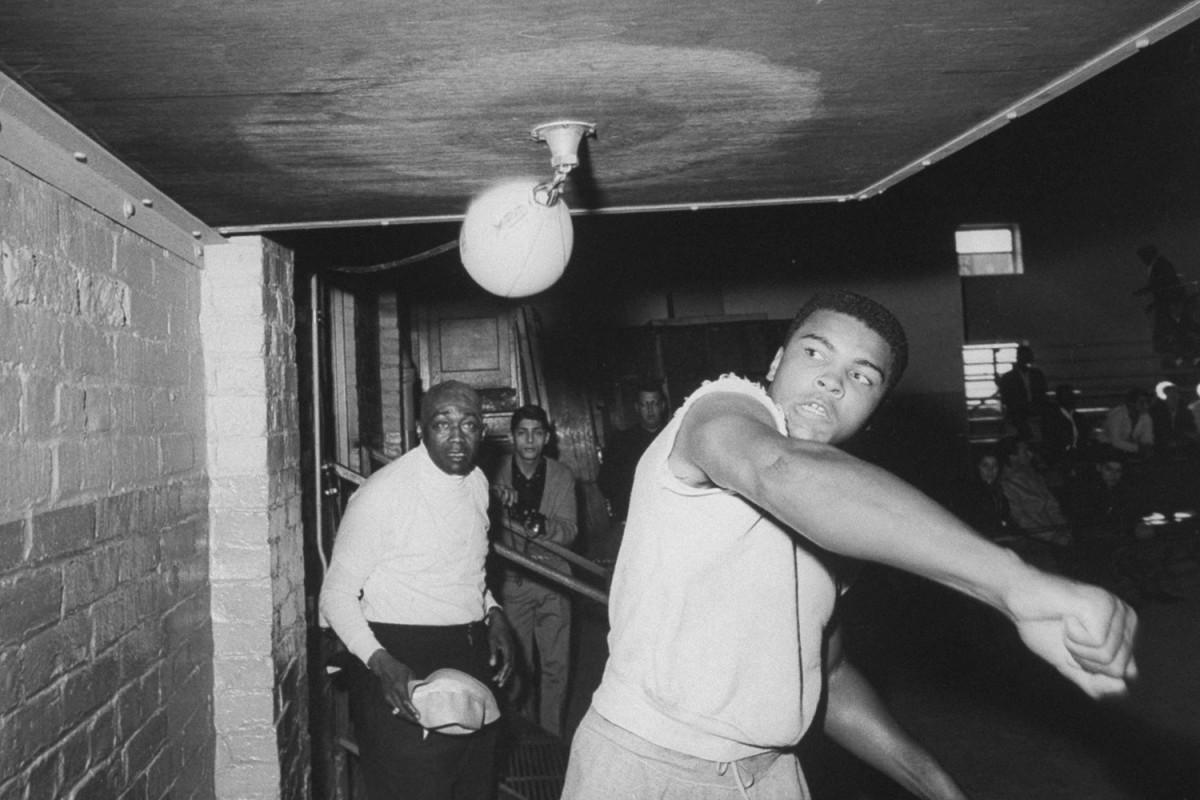

On several occasions, I’ve personally searched-down gym members who have wandered away from their weights and politely asked them a direct question: “Are you done with that machine?” The usual response: “Yes, I am.” And they carry on. But many times the “I’m busted” mentality sets in, while sometimes there’s no attempt -- or even an offer -- to come back and clear the weights. This defines, in a sense, complete violation of unwritten gym code.
During the past 17 years I’ve watched gym etiquette change. Enormously. While the etiquette is still in existence, many people choose simply to ignore it. Truly, I haven’t figured out why. I’ve blamed it on people feeling a sense of entitlement -- they are paying a hefty membership fee and feel that the gym staff should be responsible for putting the weights away. Or maybe they feel a step above other members and simply don’t care. If either of these are the case, those guilty gym-goers need to get a grip -- on their weights.
I’m not perfect, by any means. But there’s a certain mantra about gym etiquette I’ve always enjoyed. It states, "If you’re big enough to put ’em on, you’re big enough to take ’em off." I’m not sure whether I heard this or whether I originated it, but either way, every time I step into a gym I try my best to live by it.
